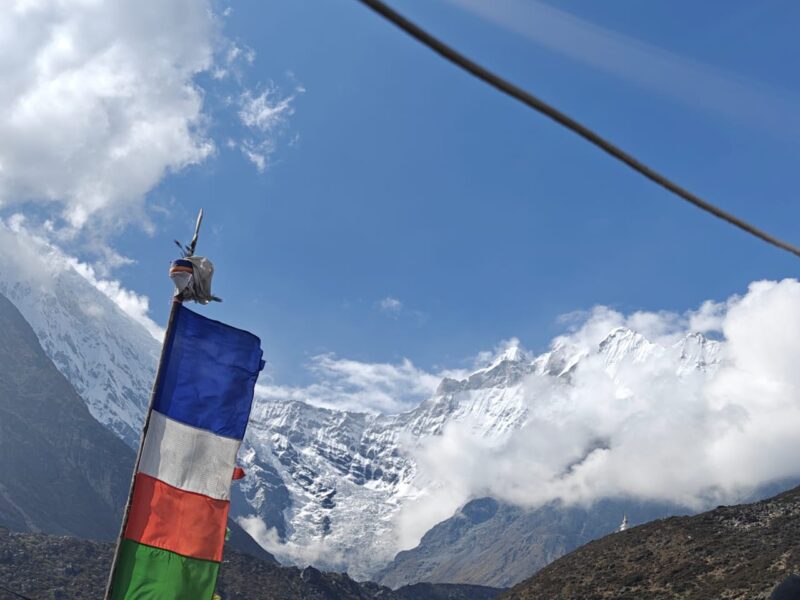We landed in Cairo on a crisp October morning, and my childhood dreams of witnessing the iconic pyramids were finally becoming a reality. As I sit here writing this account on a cruise along the serene Nile, a housekeeping staff member approached me, extending a warm sentiment: “We love the Indians.” It filled me with pride, but the conversation took an unexpected turn.

He proudly showed me a photograph where he donned an army uniform and expressed his desire to travel to Palestine to participate in its liberation. I couldn’t help but ask the obvious question: why leave your family behind? He shared a heartwarming picture of his daughter, claiming that sacrificing for the cause would elevate him to martyrdom and secure his place in heaven. I gently countered, questioning the wisdom of killing innocent people and children. In India, we embrace the philosophy that the entire world is one large family, and a divine presence unites us all.
In the spirit of dialogue, I reminded him of Egypt’s rich history. It was ruled by Egyptians for over 3,000 years, followed by periods of Greek and Roman dominion that lasted 800 years. Today, it thrives under Arab governance. Egypt has always been synonymous with peace, and its people are renowned for their warmth and hospitality. They go above and beyond to make visitors feel at home.
As I spoke, I sensed a shift in his perspective. Tourists from around the globe flock to Egypt to witness the awe-inspiring monuments and the millennia-old mummies left behind by the ancient Egyptians. Our conversation delved deeper, and he pointed out my country’s possession of nuclear weapons. I admitted this fact but clarified that India’s stance is to use them solely for peaceful purposes, with no intention of harming innocent lives. Egypt, too, maintains nuclear capabilities, emphasizing their commitment to employing them for peaceful ends. It became apparent that tourism was the lifeblood of Egypt’s economy, and for its prosperity, a tranquil atmosphere was paramount.
Whether my words had a lasting impact, I may never know, but our exchange concluded with a heartfelt embrace. He conveyed his fondness for Indians, leaving me with a sense of accomplishment. It was a moment that affirmed the power of peaceful dialogue, and I couldn’t help but believe that our Indian ideals of combating terrorism through non-violent means will eventually resonate across the world. In the grand tapestry of the universe, I might be minuscule, but the young man named Badri, with whom I shared this profound conversation, left with a heart full of hope for a peaceful future. Throughout our discussion, we bridged the language barrier, switching between English and Arabic, and as we parted ways, he reassured me that he was committed to raising his daughter and family in this land of ancient wonders. The elation I felt was indescribable
For the last few days, I gathered that 5000 years ago, the Egyptian civilization, spanning from 3,100 BC to 322 BC, thrived in this land. Simultaneously, other corners of the world bore witness to the blossoming of three prominent civilizations: the Indus Valley civilization, characterized by the cities of Harappa and Mohenjo-Daro, in the Indian subcontinent; the Mesopotamian region, nestled between the Tigris and Euphrates rivers, in present-day Syria, Iraq, and Lebanon; and the thriving civilizations of ancient China.
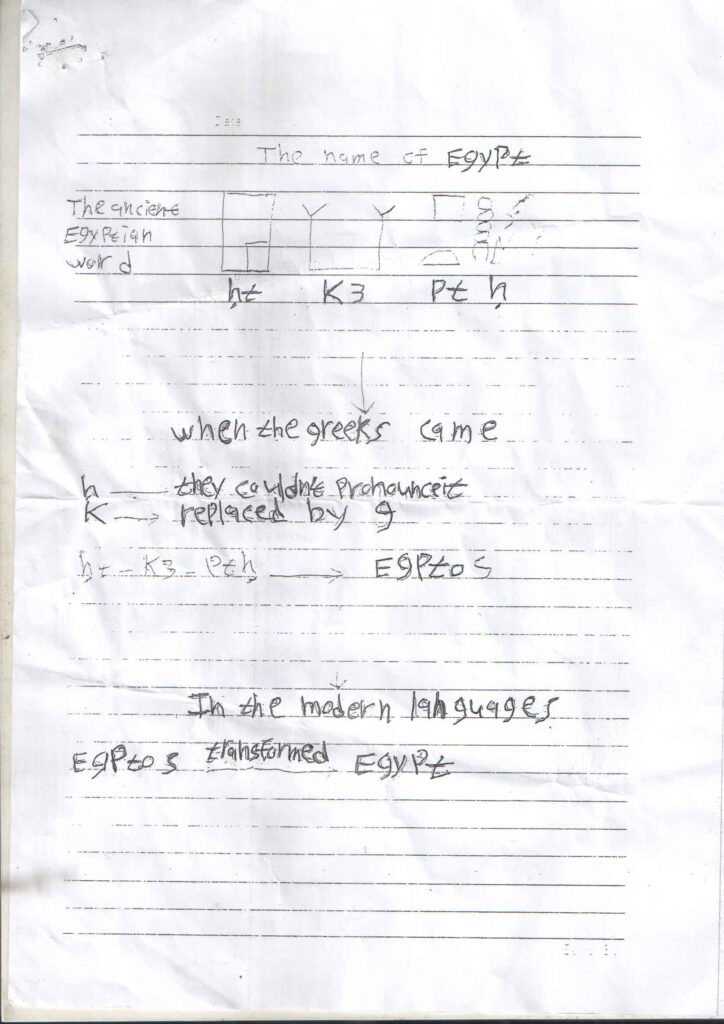
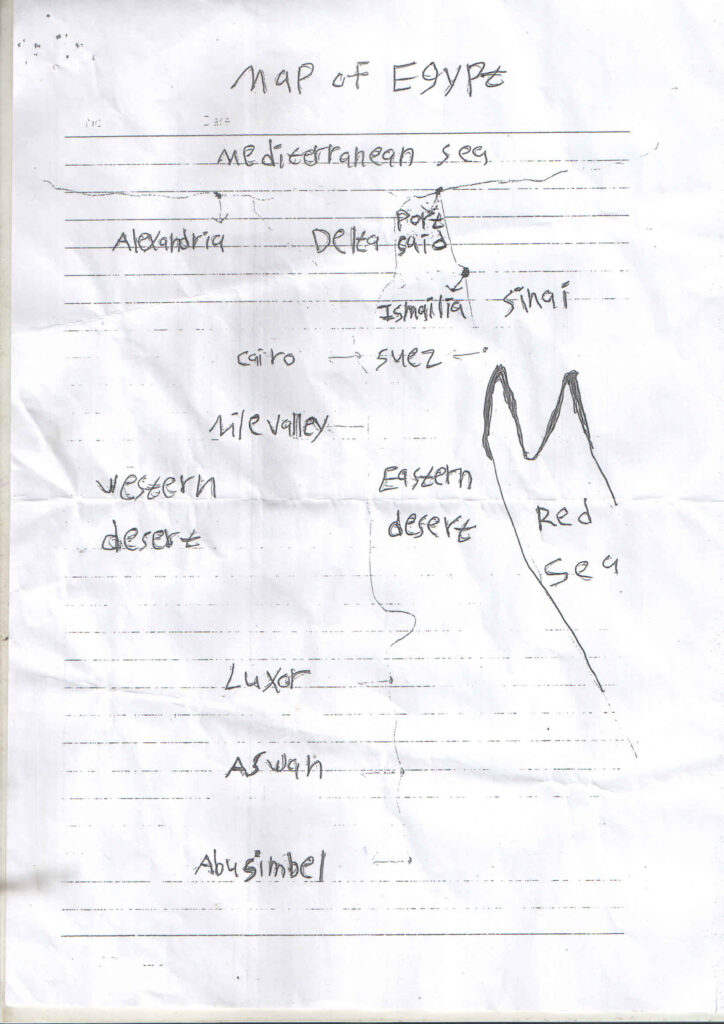
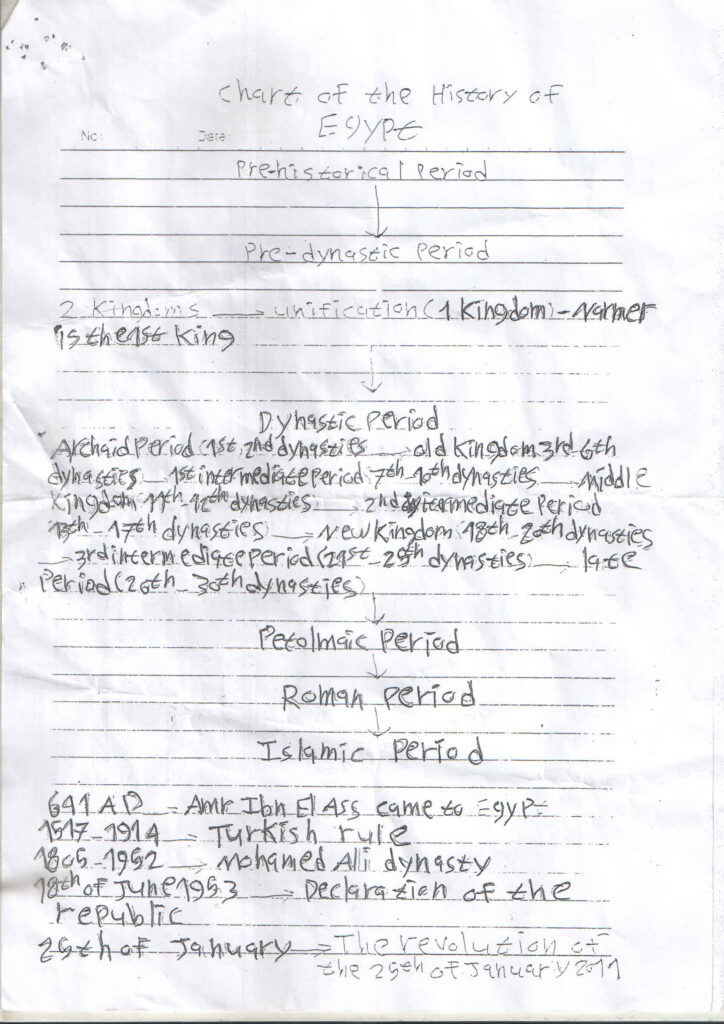
Our journey commenced with a visit to the National Museum of Egyptian Civilization in Cairo. This museum is considered the crown jewel of Egyptian heritage, home to the Royal Mummies Hall, a specially designed chamber displaying the mummies of ancient kings and queens of Egypt. The hall features 20 mummies, including 18 kings and two queens, offering a unique glimpse into Egypt’s regal past.
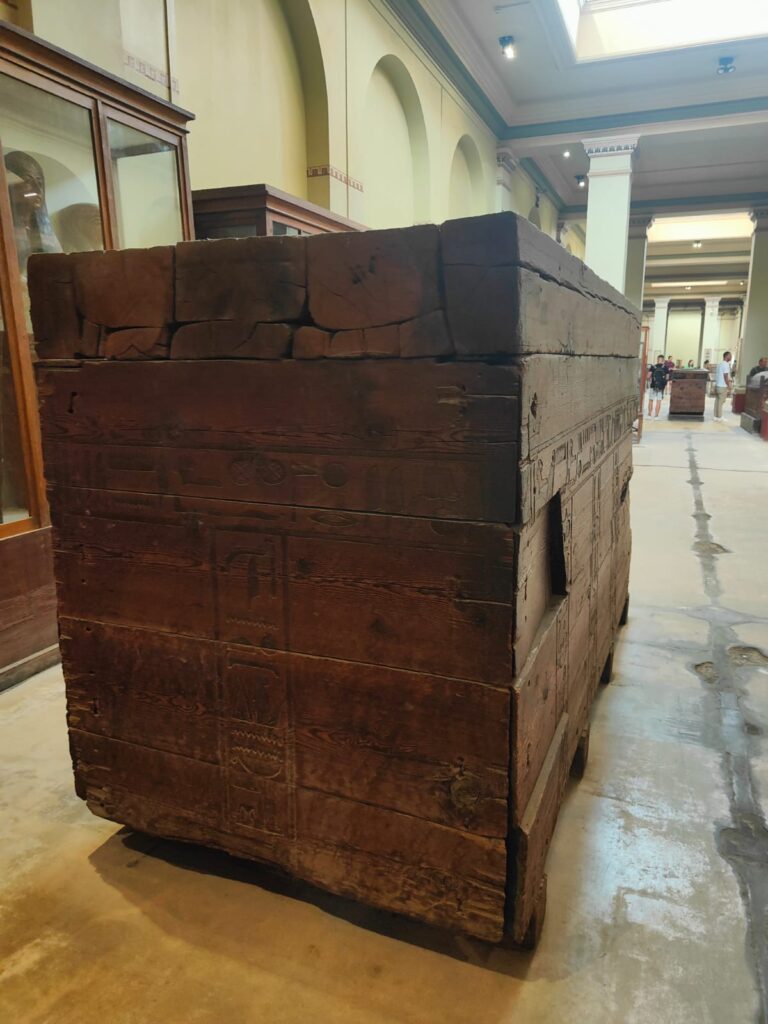

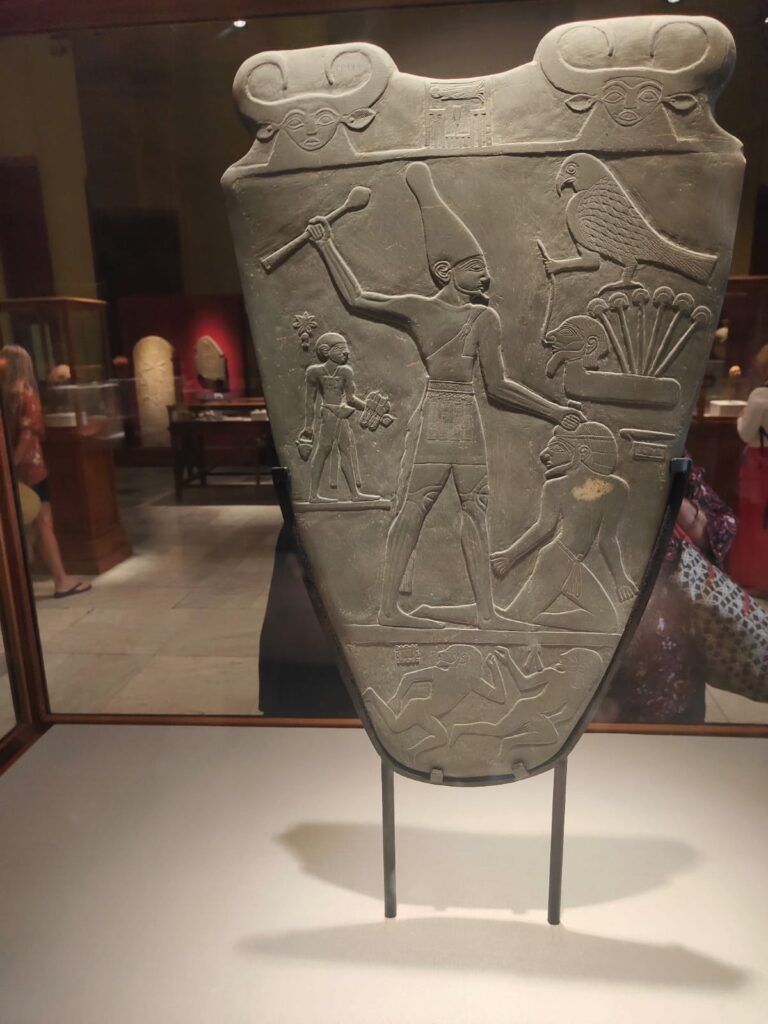
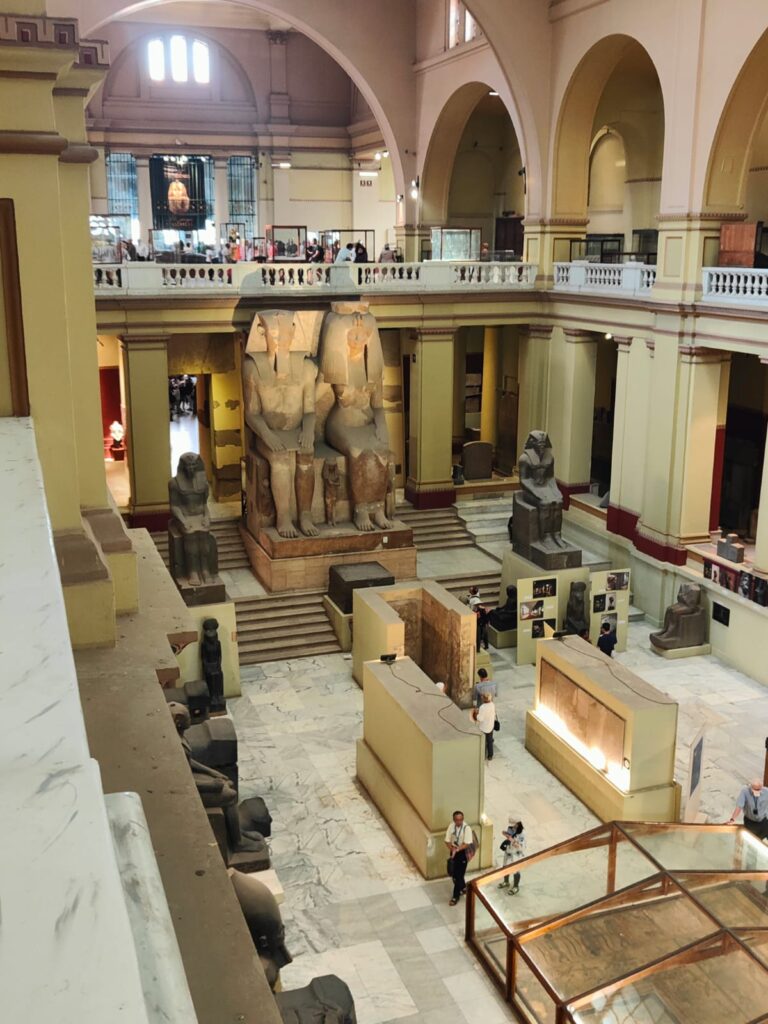

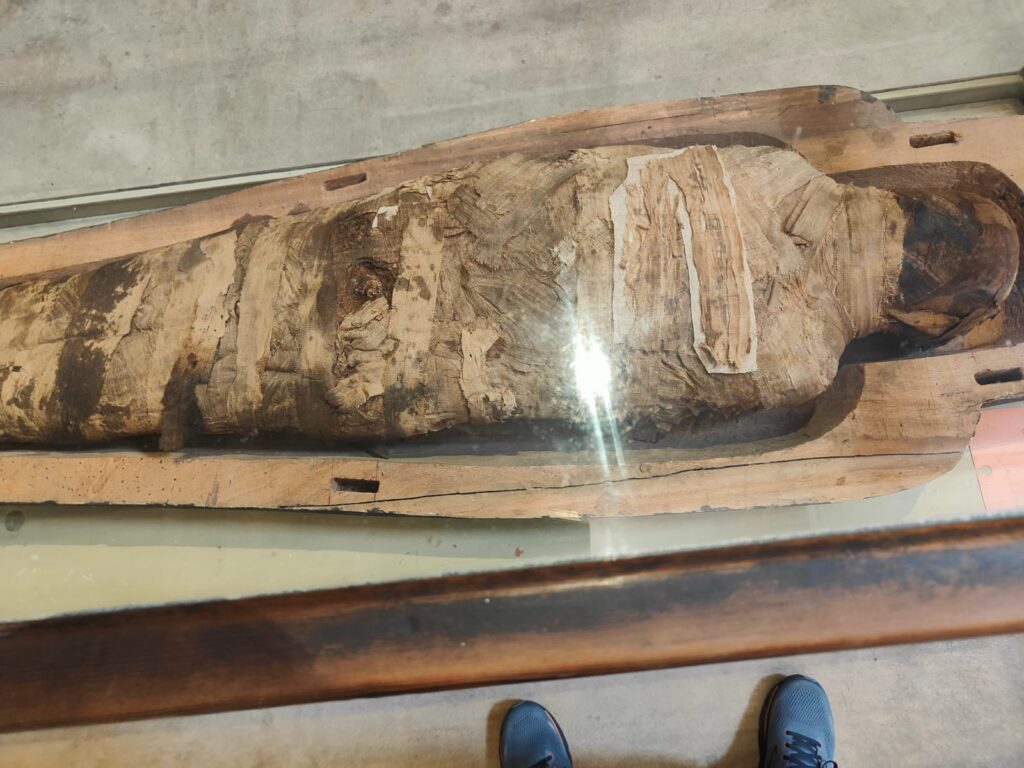
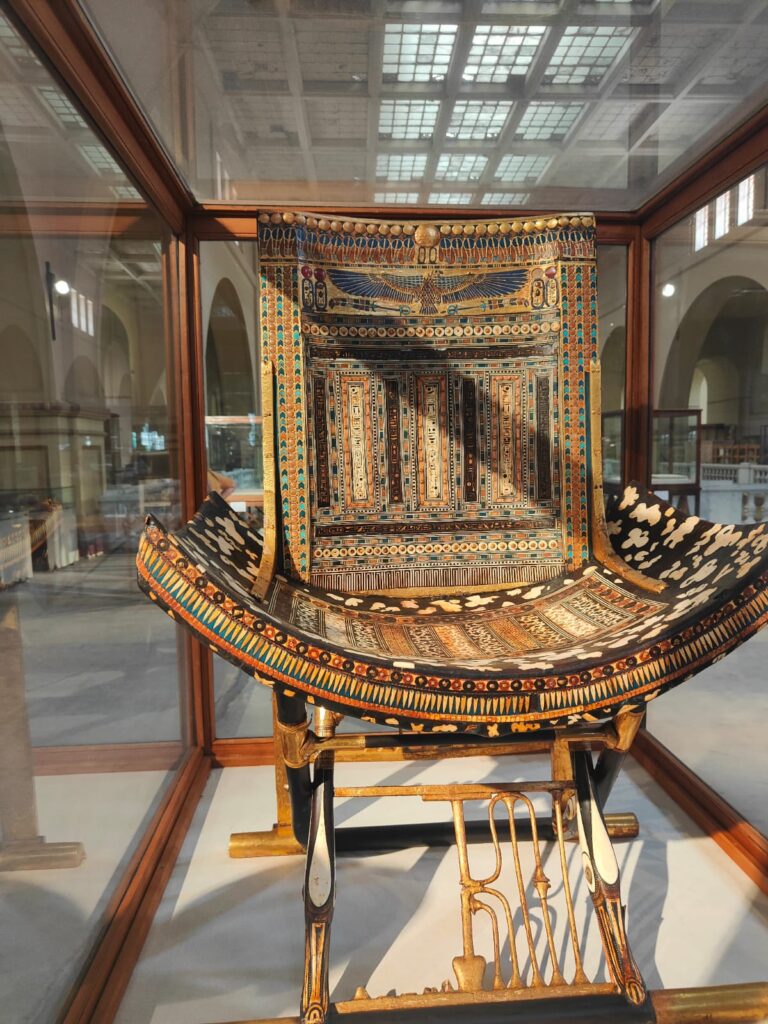

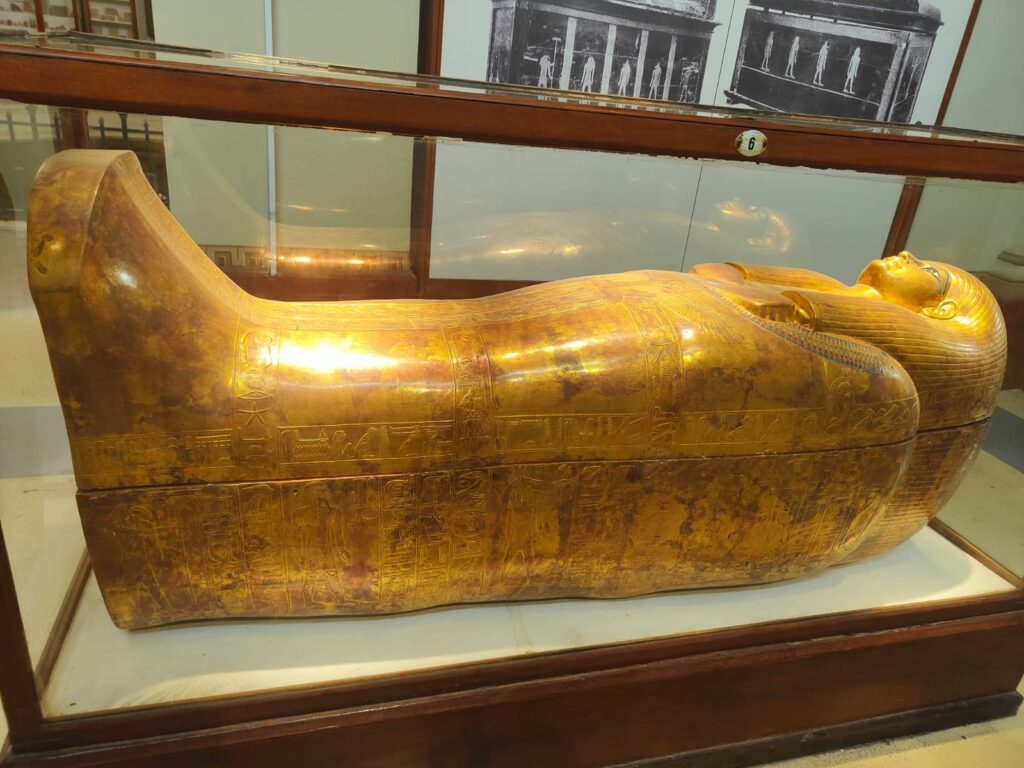

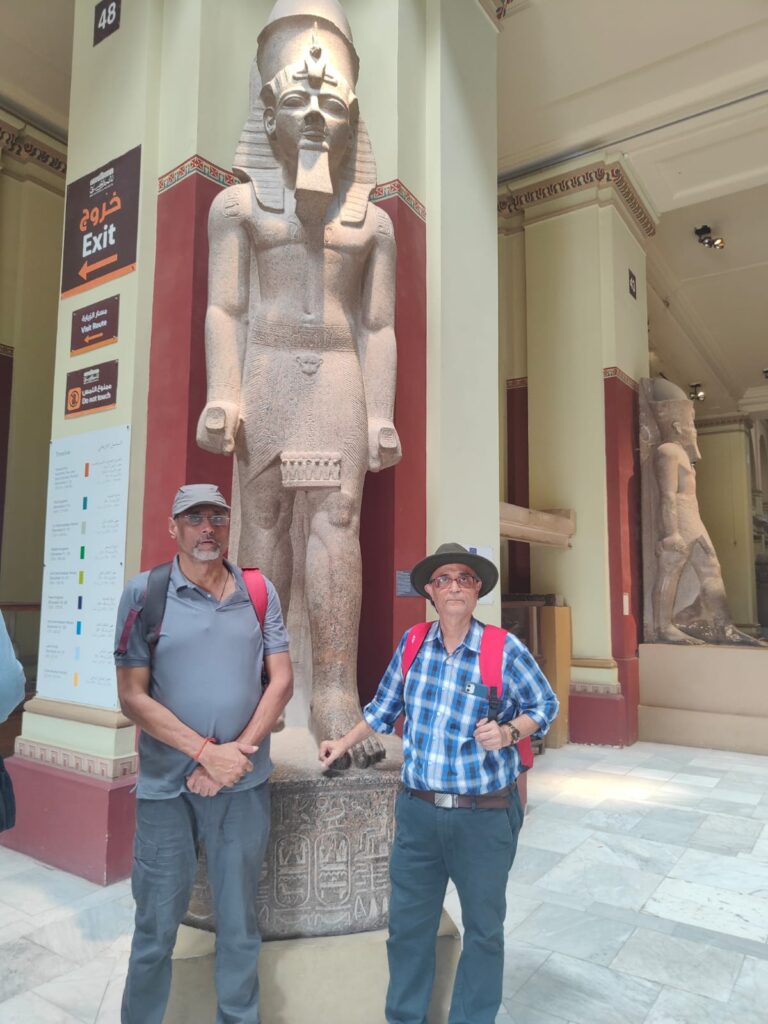

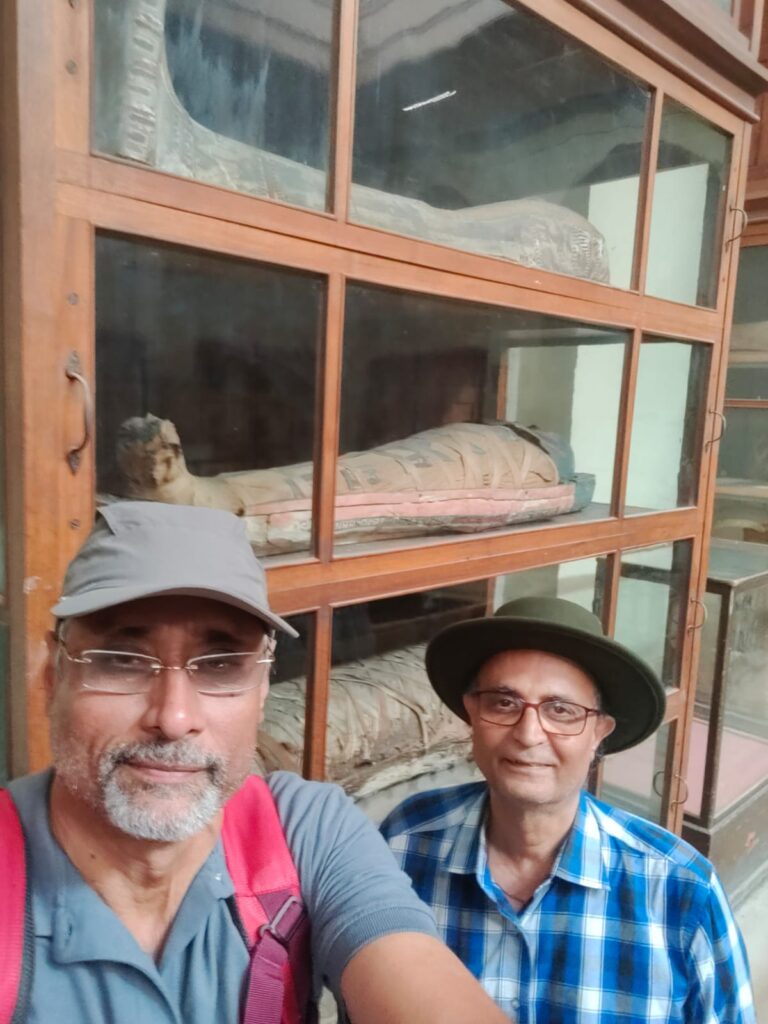
The discovery of these royal mummies was a momentous event in the annals of archaeology. These ancient Egyptians believed in life after death, dedicating a substantial portion of their wealth to ensure a prosperous afterlife for their souls. They constructed tombs within the cliffs of the Nile’s west bank, expertly concealed to preserve the mummies for eternity
Ramses II, one of the most famous pharaohs of the New Kingdom, left an indelible mark on Egypt’s history. He succeeded his father, Seti I, and reigned for an astonishing 67 years. Known for his numerous queens and approximately 100 offspring, Ramses II built the breathtaking Temple of Nefertari near Abu Simbel. His legacy lives on through the stunning sepulcher of his Great Royal Wife, Nefertari, located in the Valley of the Queens.
Our adventure led us to Giza, renowned as the site of the Giza Plateau, home to some of the most breathtaking ancient monuments globally. Among these are the enigmatic Great Sphinx, the towering Great Pyramid of Giza, and numerous other pyramids and temples. The Great Pyramid, built by Khufu, stands as a symbol of Egypt and is the last of the ancient Seven Wonders of the World.
The Sphinx, the oldest known monumental sculpture in Egypt and an iconic symbol worldwide, is believed to date back to the reign of Khafre during the Old Kingdom, around 2558–2532 BC.

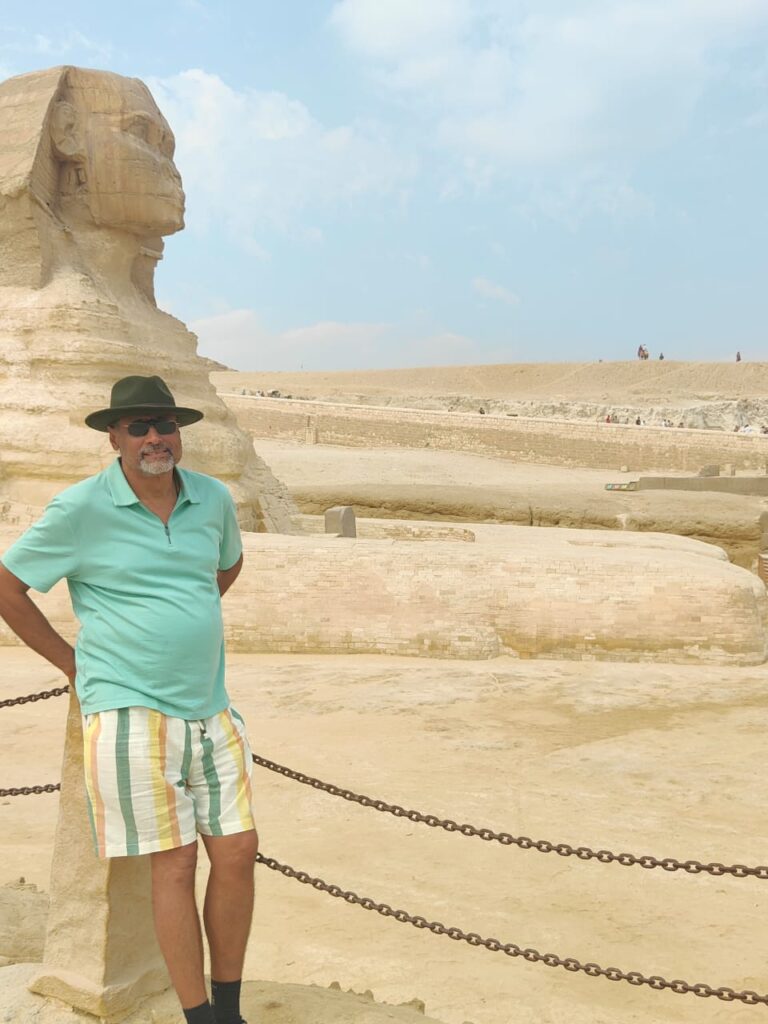
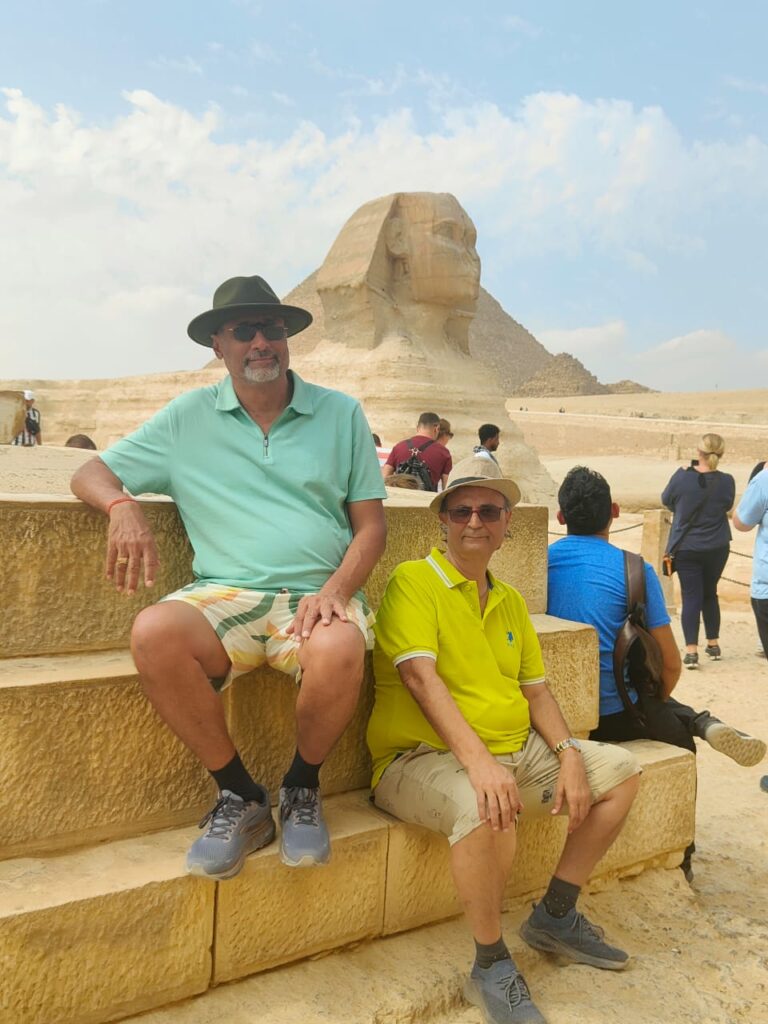
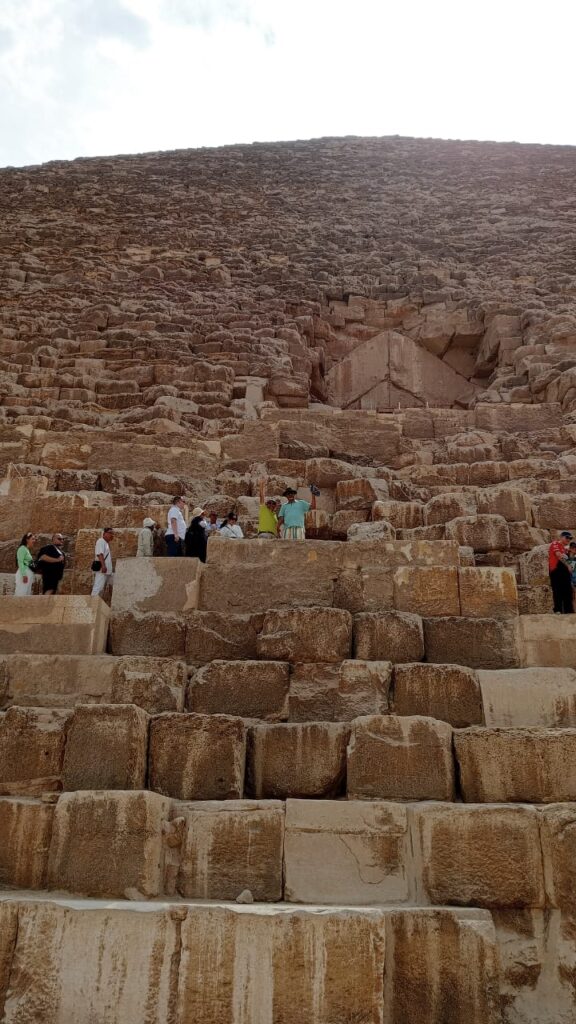
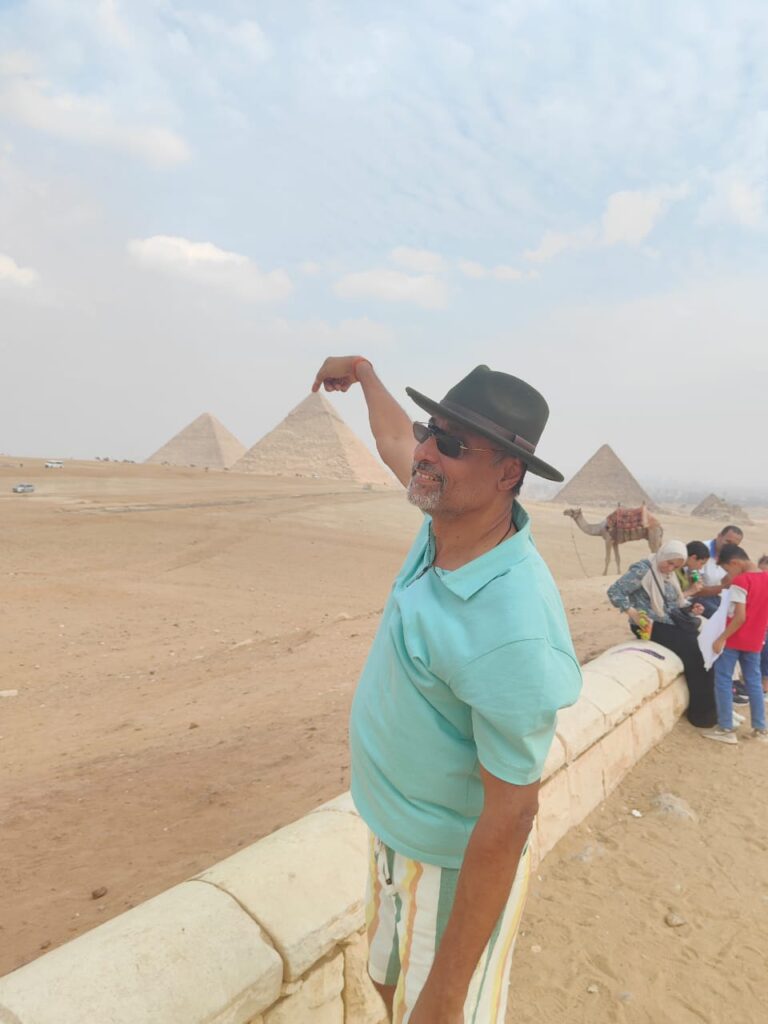


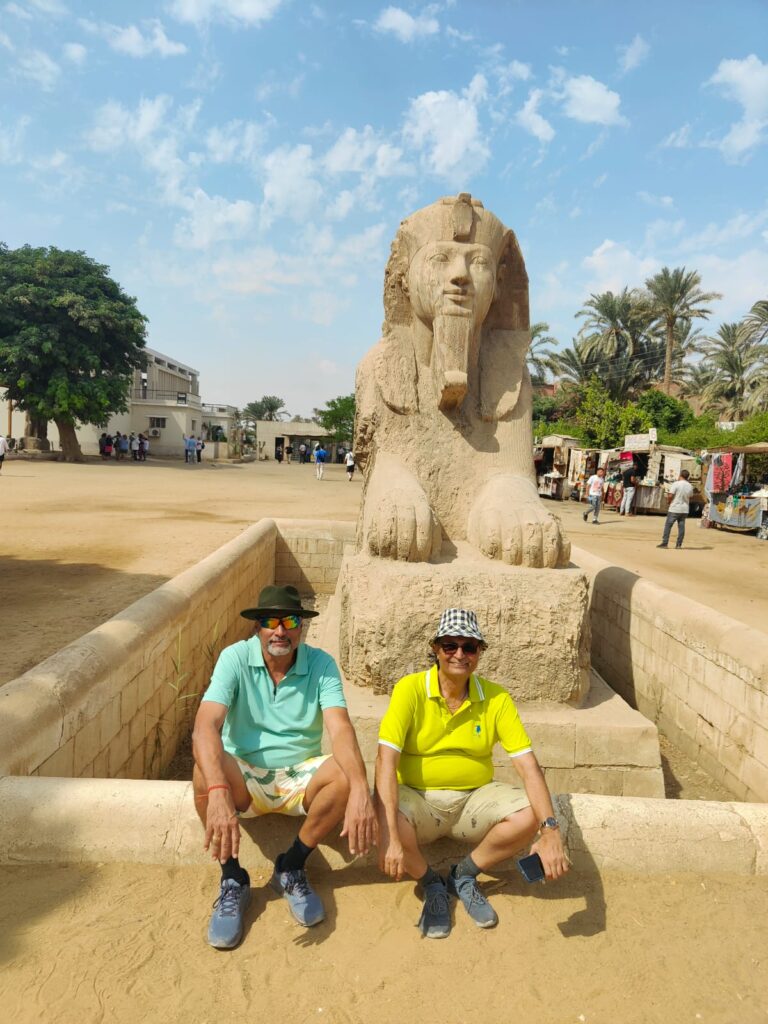
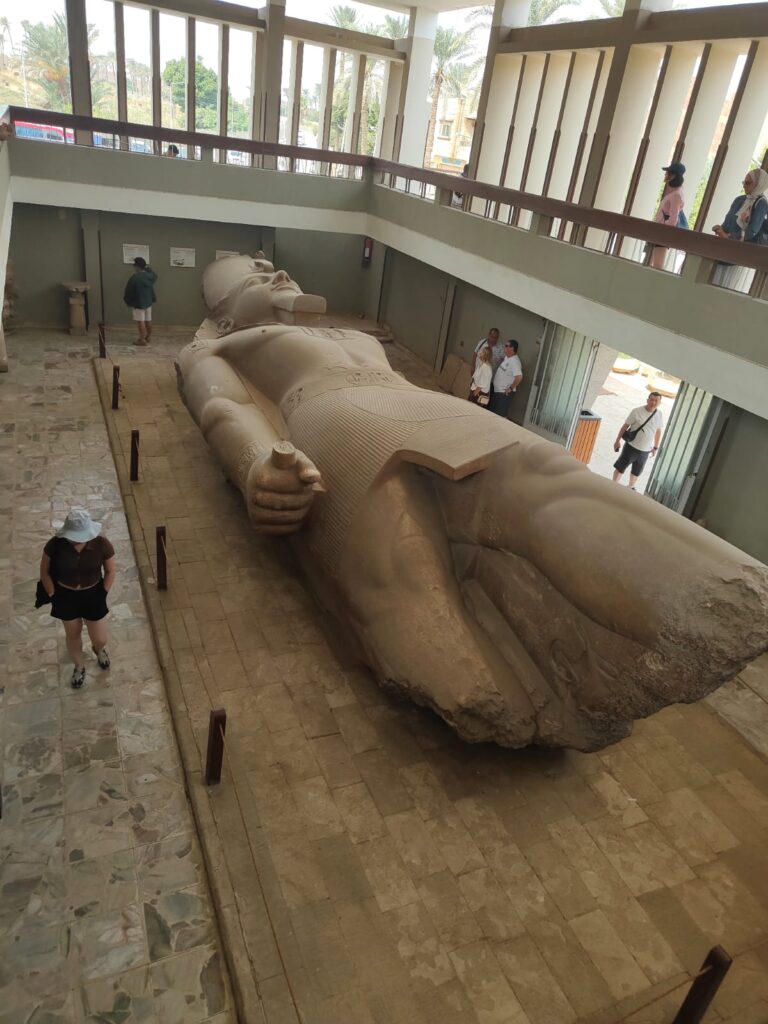
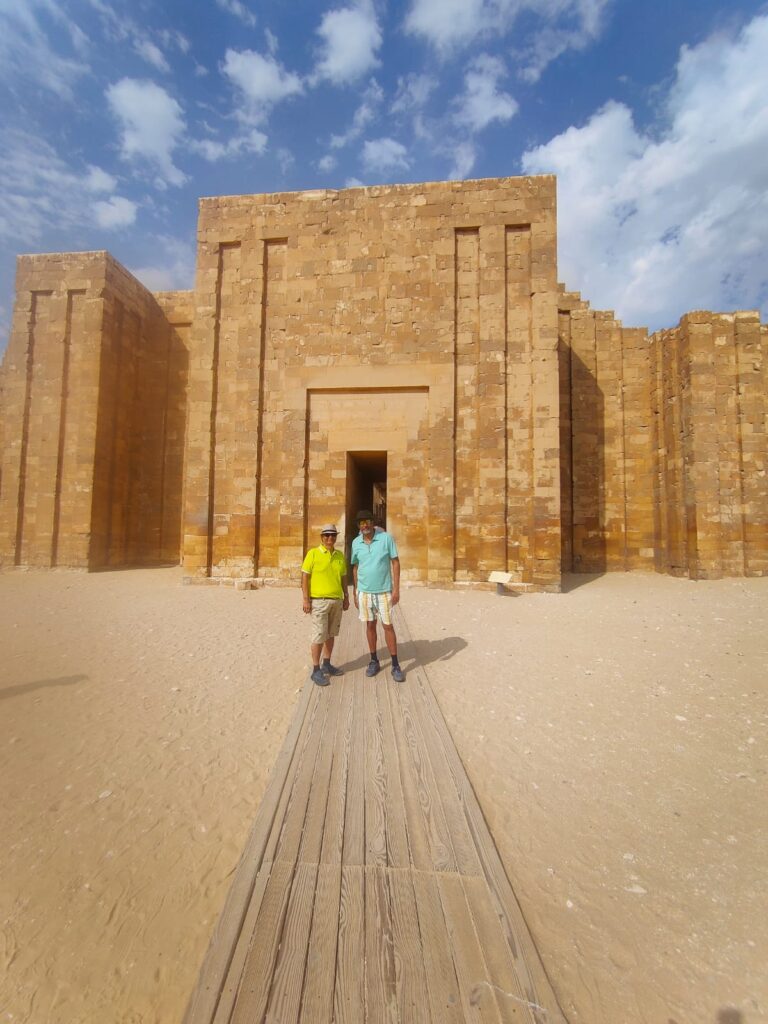

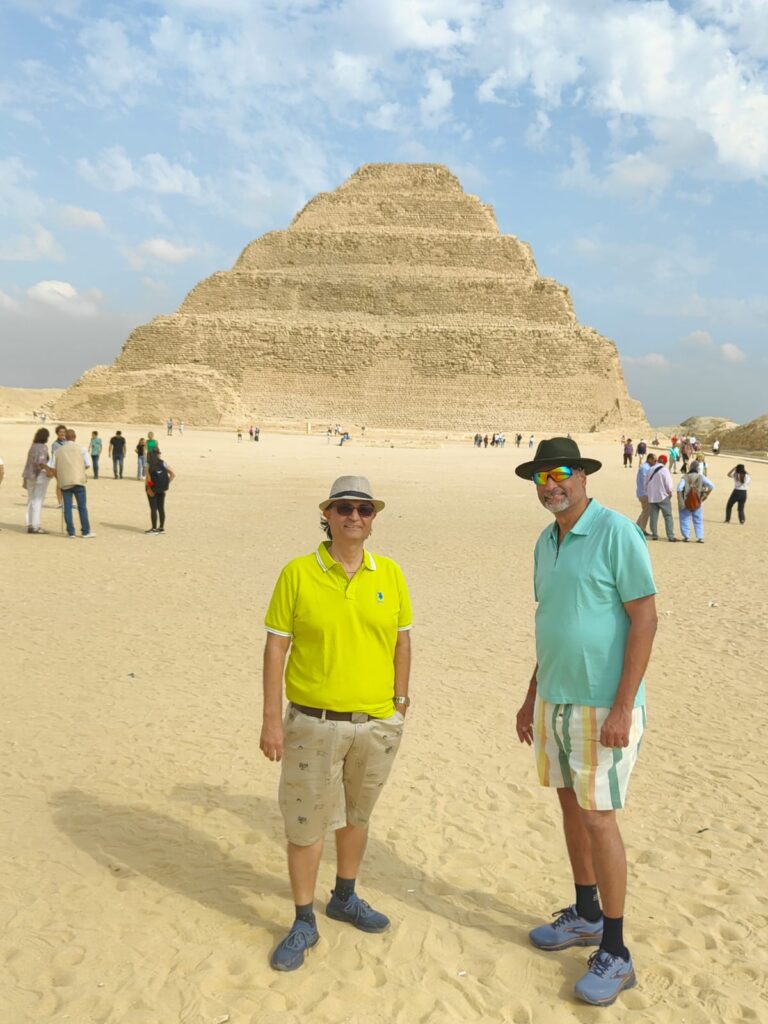
Our exploration continued as we ventured to the Philae Temple, an extraordinary temple relocated to its current location. A boat ride carried us to this magnificent site, where we also witnessed the impressive Aswan High Dam, a project accomplished with assistance from the Soviet Union. The dam has significantly contributed to Egypt’s energy requirements and water management.


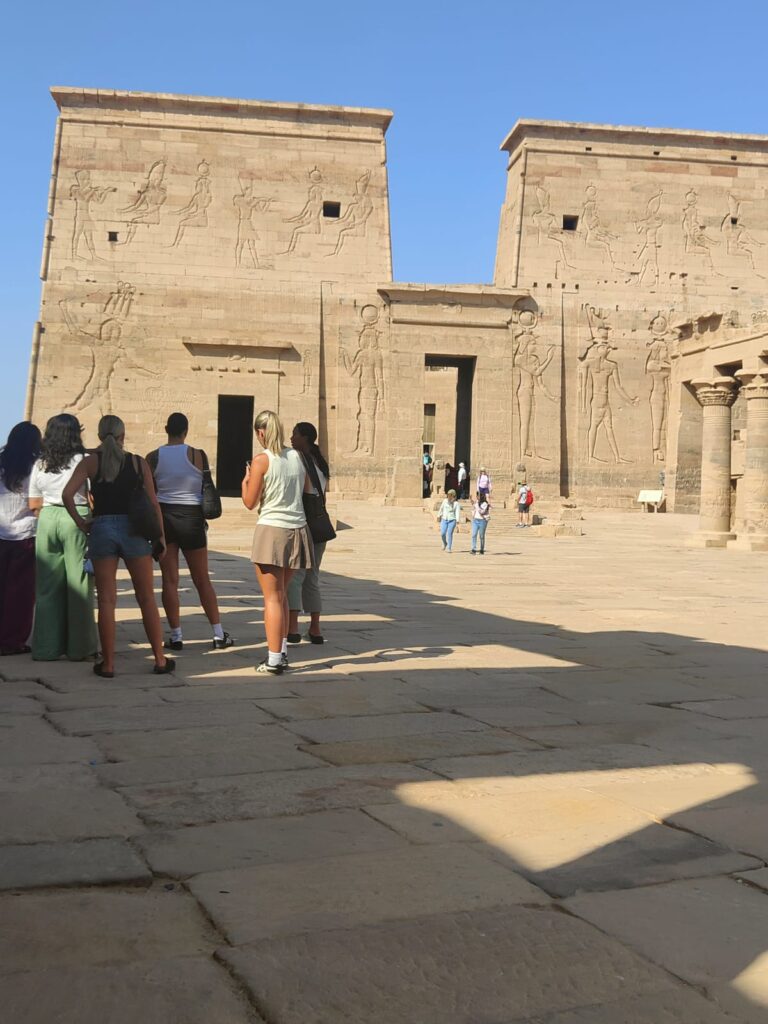
Our river cruise offered a delightful interlude as we enjoyed the company of fellow travelers from diverse backgrounds. One evening, we embarked on a small yacht and visited the vibrant Nubian Village, characterized by colorful buildings, vibrant market stalls selling handicrafts and spices, and a charming atmosphere reminiscent of stories from Arabian Nights.
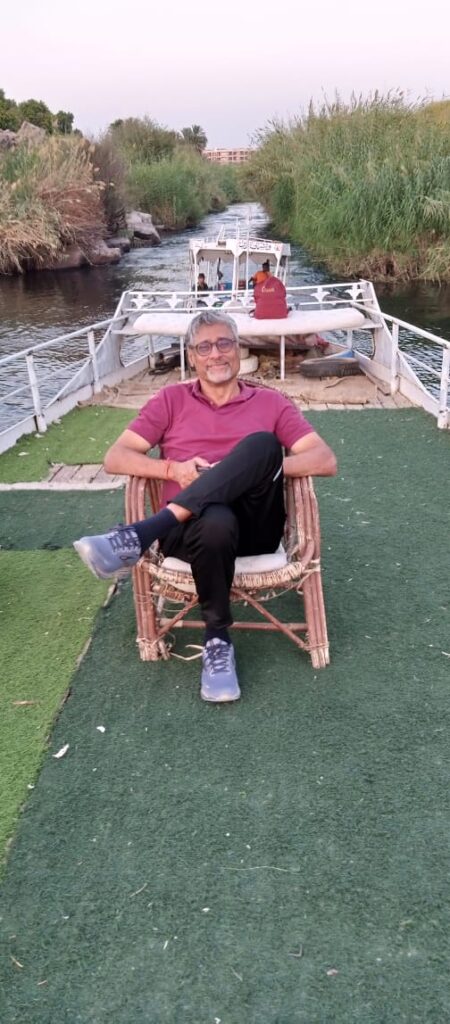

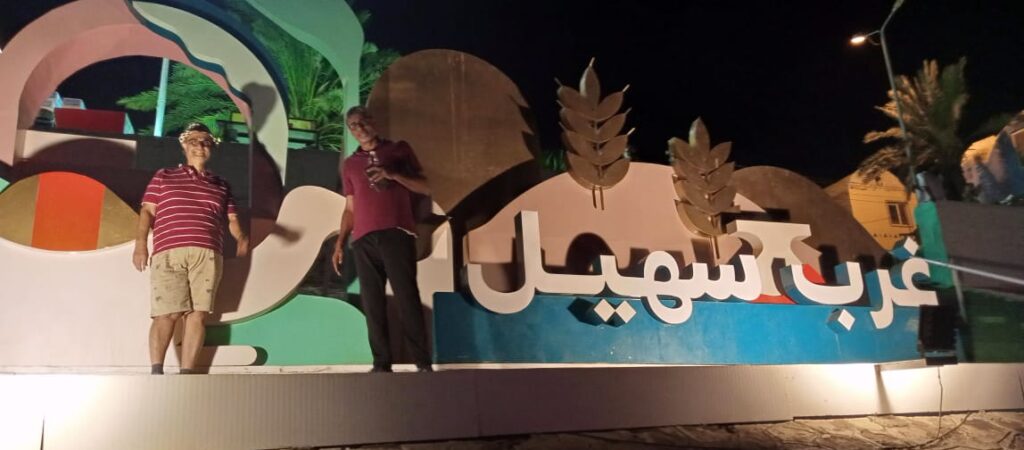
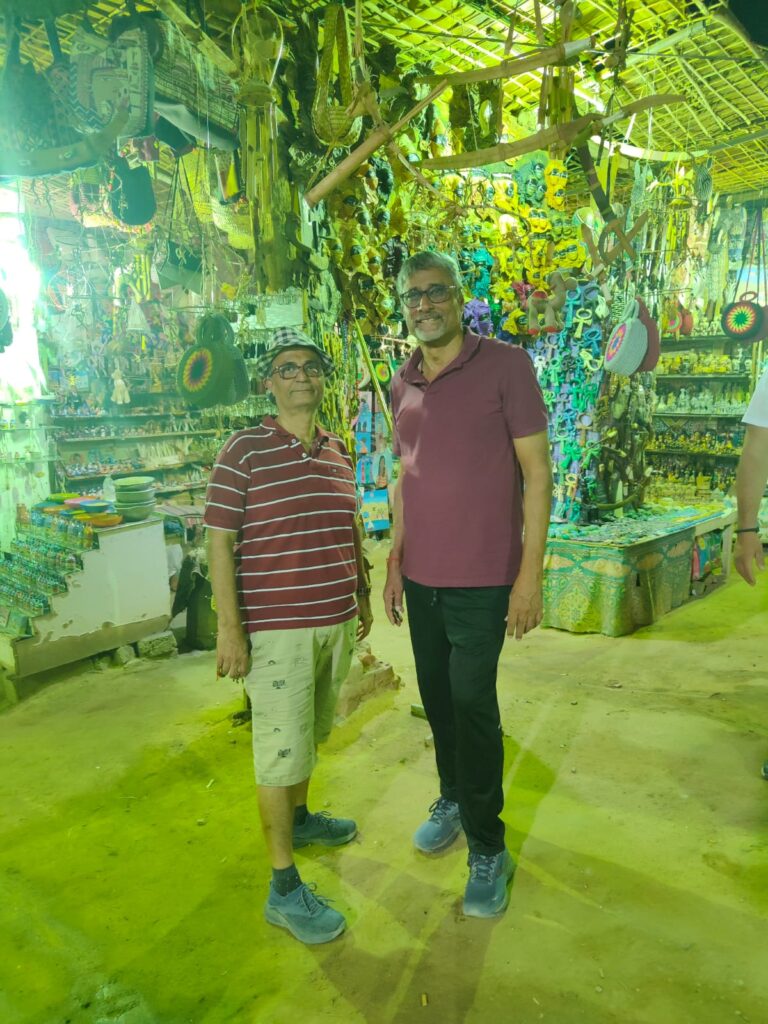
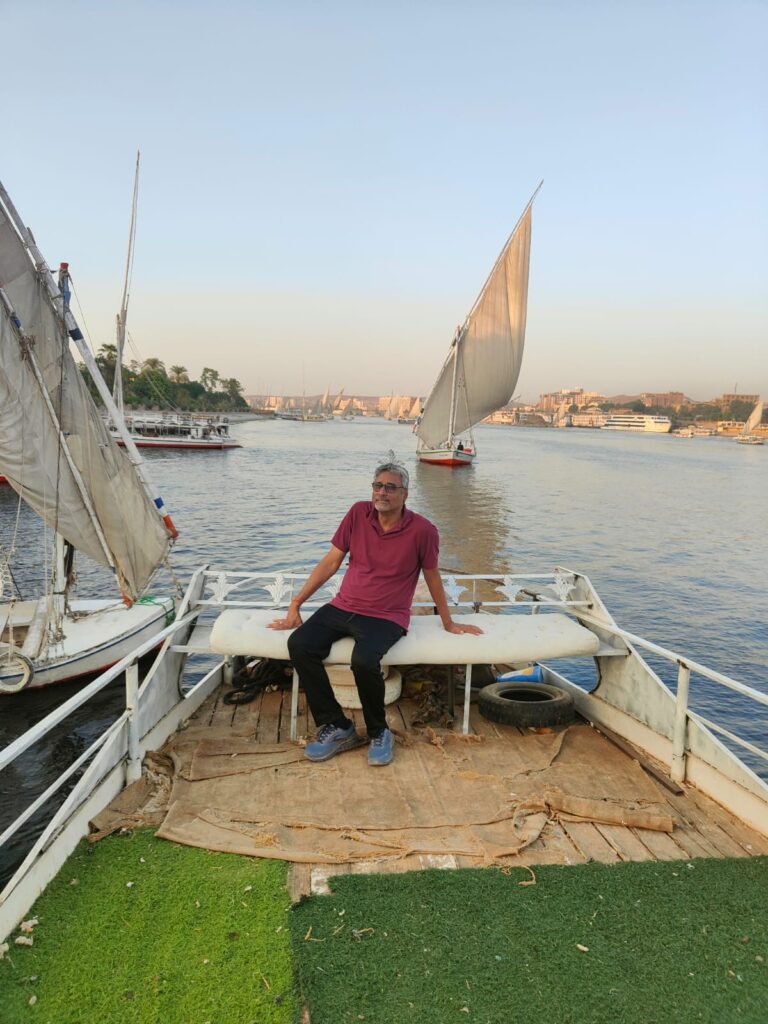
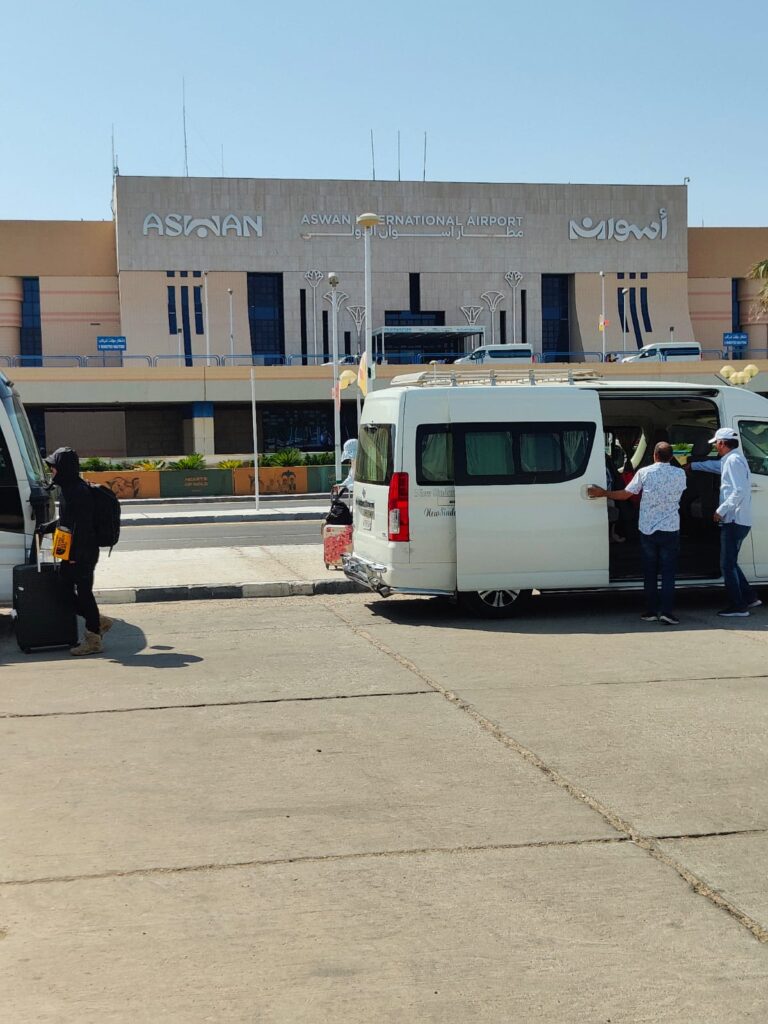
The following day marked the commencement of our three-day cruise,from aswan to luxor a journey that would bring us in close proximity to the majestic Nile River and a myriad of historical treasures. We marveled at the grandeur of the Abu Simbel Temple, dedicated to the revered pharaoh Ramses II.
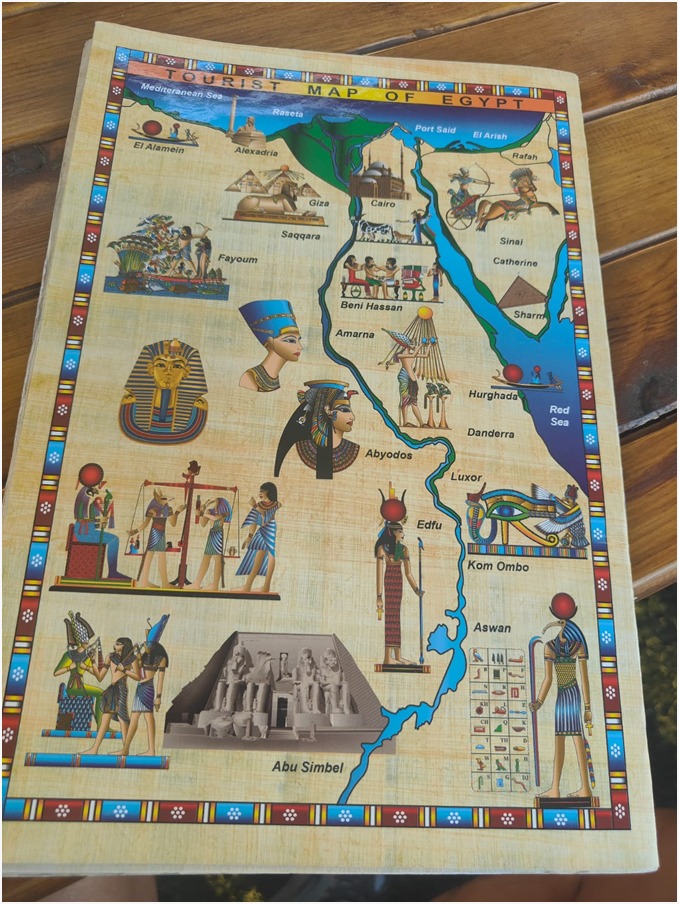
Abu Simbel is a village in Nubia, and its temples, built by Ramses II, are a testament to his extraordinary legacy. The colossal statues of Ramses II outside the temple are a sight to behold. This complex was relocated in a remarkable feat of archaeological engineering to protect it from rising waters caused by the construction of Lake Nasser. Even today, it stands as a testament to human ingenuity.
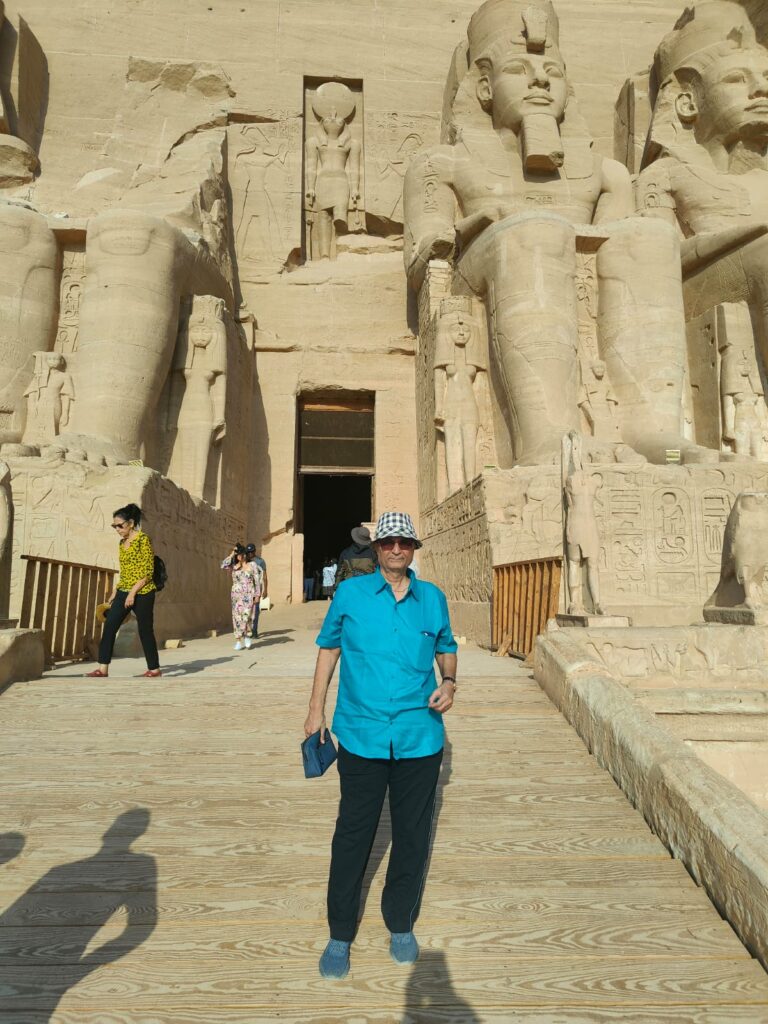
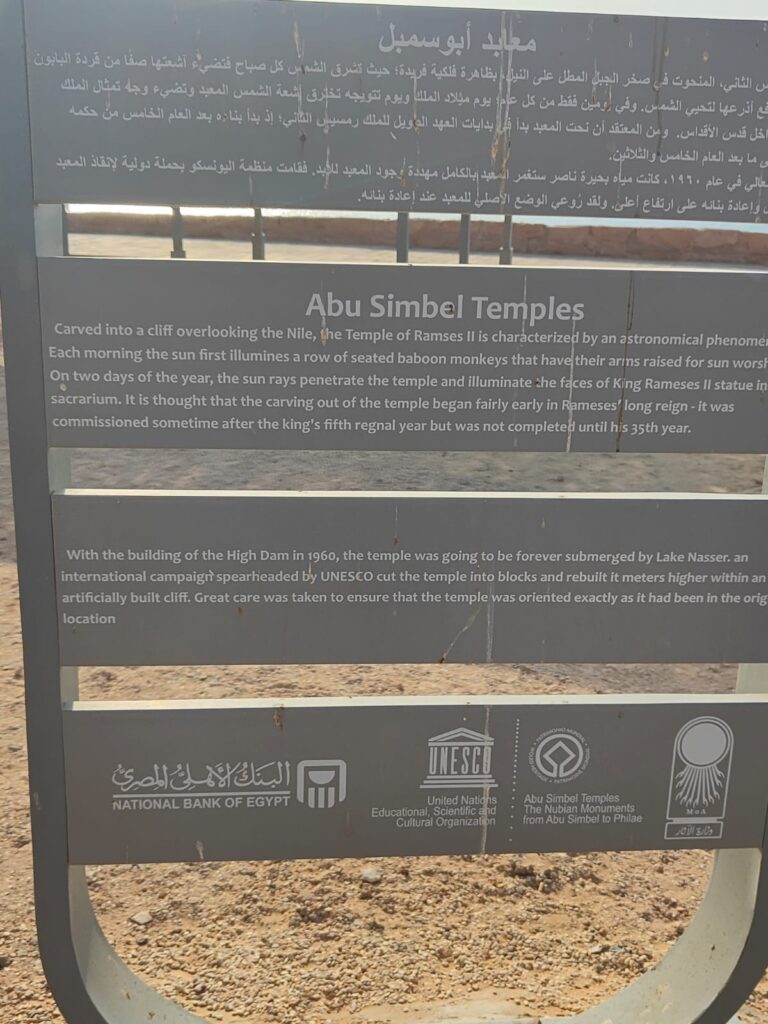
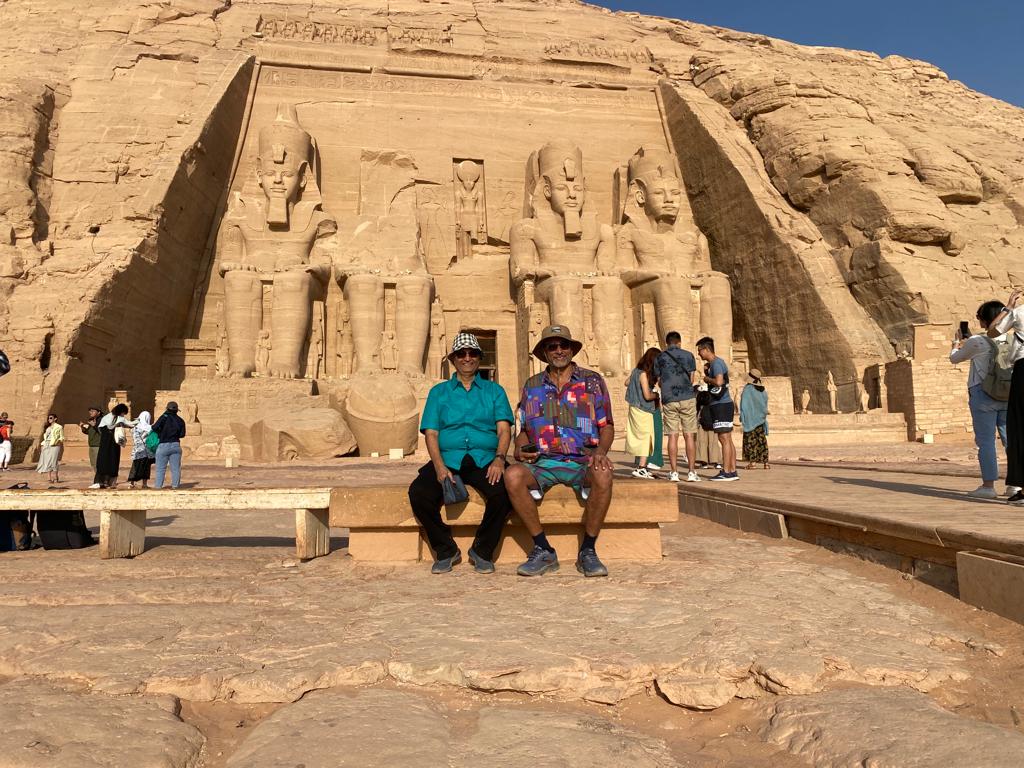
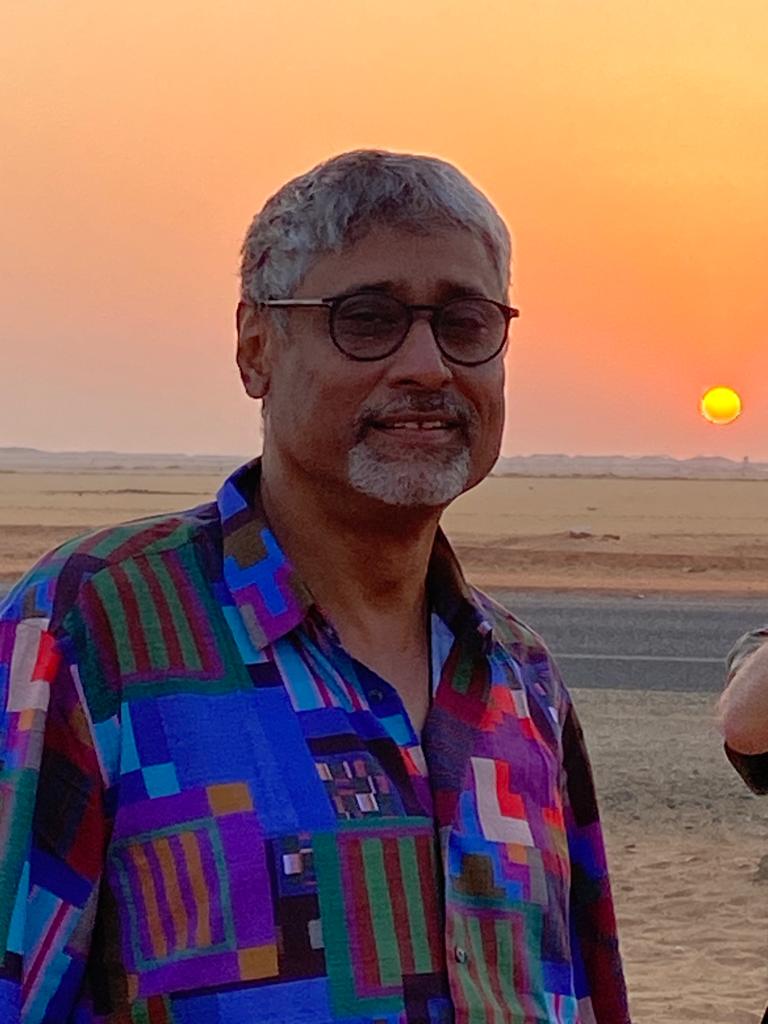
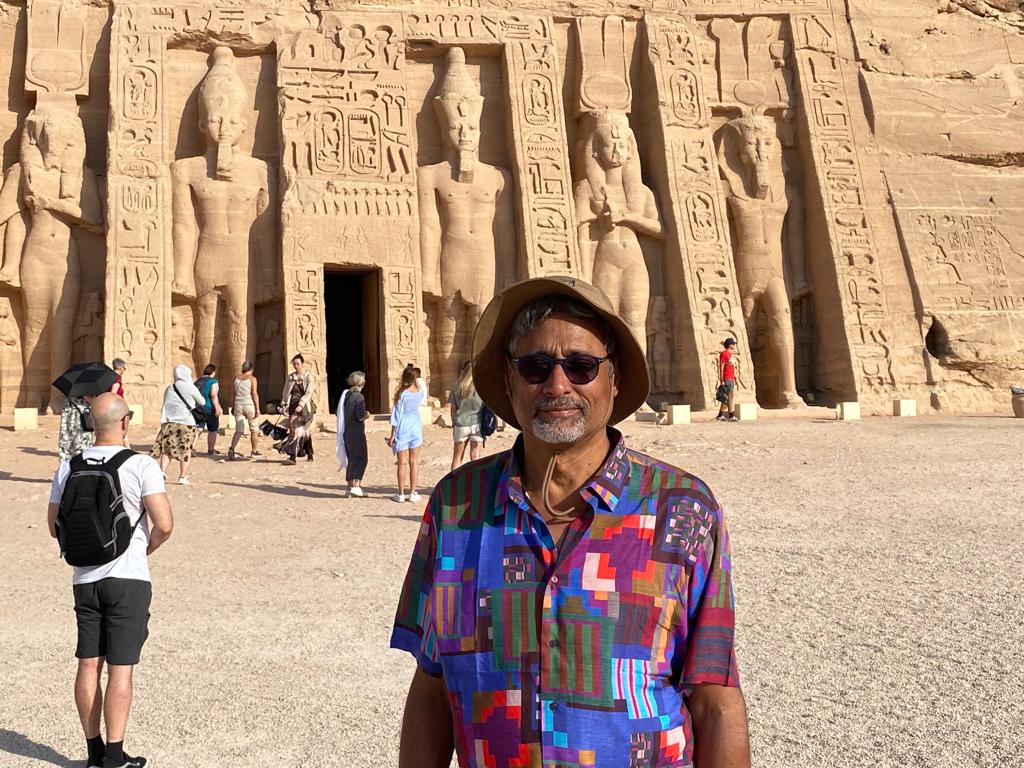
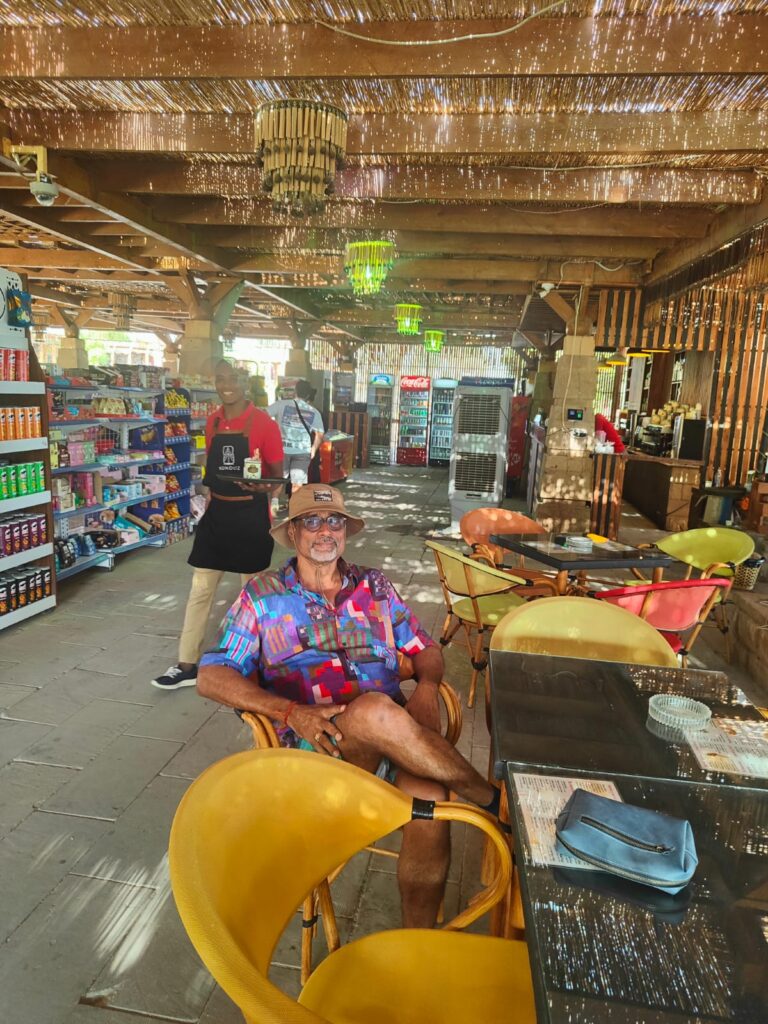

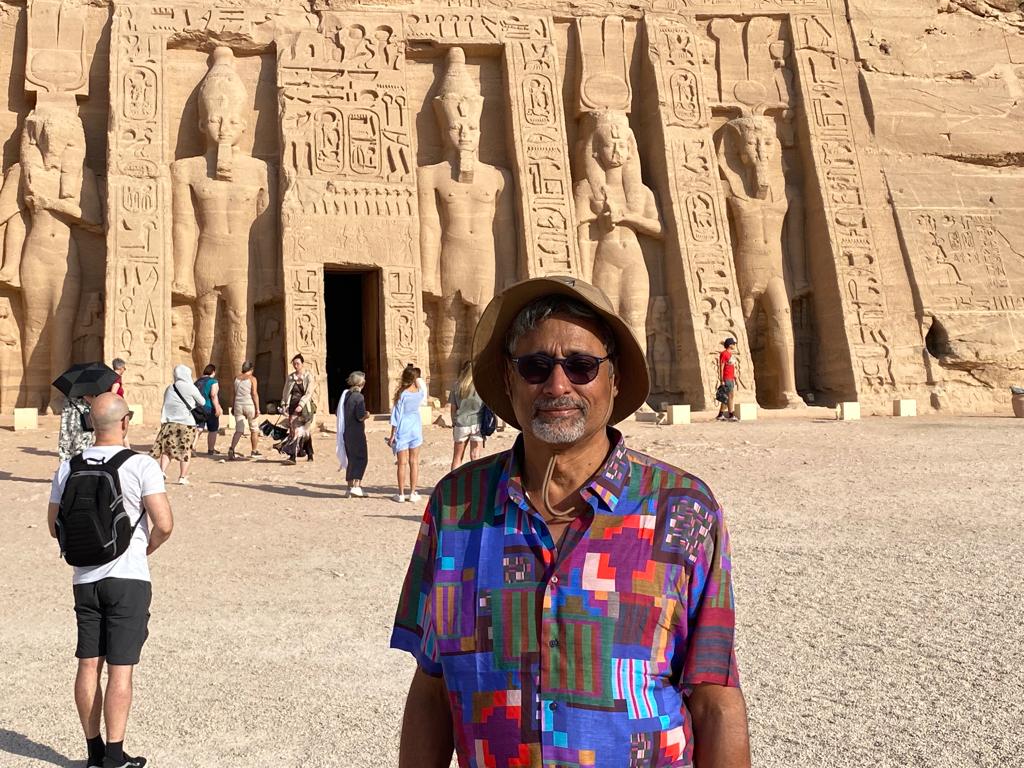
During our exploration, we encountered the enchanting Kom Ombo Temple, dedicated to Sobek, the crocodile-headed god. Surrounded by fields of sugarcane and corn, this agricultural town has become home to Nubians displaced by the construction of Lake Nasser, a poignant reminder of Egypt’s ongoing evolution.
Our journey took us to the Temple of Edfu, one of the best-preserved shrines in Egypt, dating back to the Ptolemaic Kingdom between 237 and 57 BC. The inscriptions on its walls provide valuable insights into the language, myths, and religious practices during the Hellenistic era in Egypt. The temple is dedicated to the god Amun-Ra, a central figure in Egyptian mythology
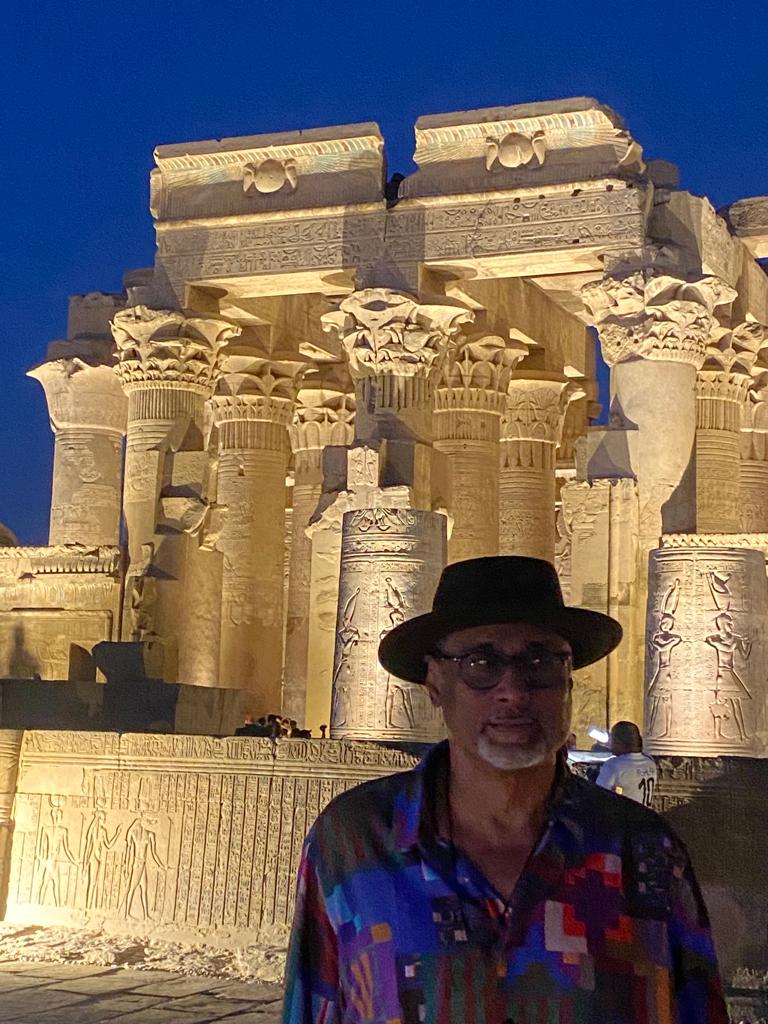

As our journey continued, we were treated to a unique spectacle – the Luxor Temple by night. This well-preserved temple, standing in its original location, serves as a testament to the enduring legacy of ancient Egypt. It’s thanks to the meticulous efforts of the archaeological department that this magnificent structure remains for visitors to admire. The temple is a vital source of income for many, thanks to the countless travelers who come to witness its grandeur.

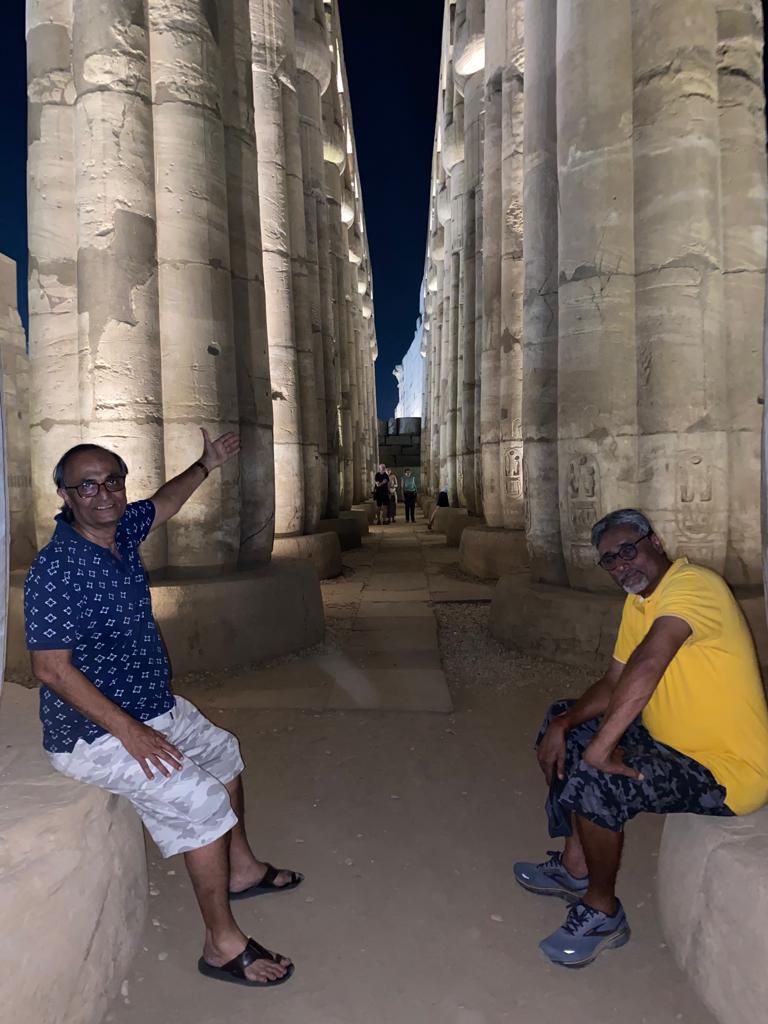
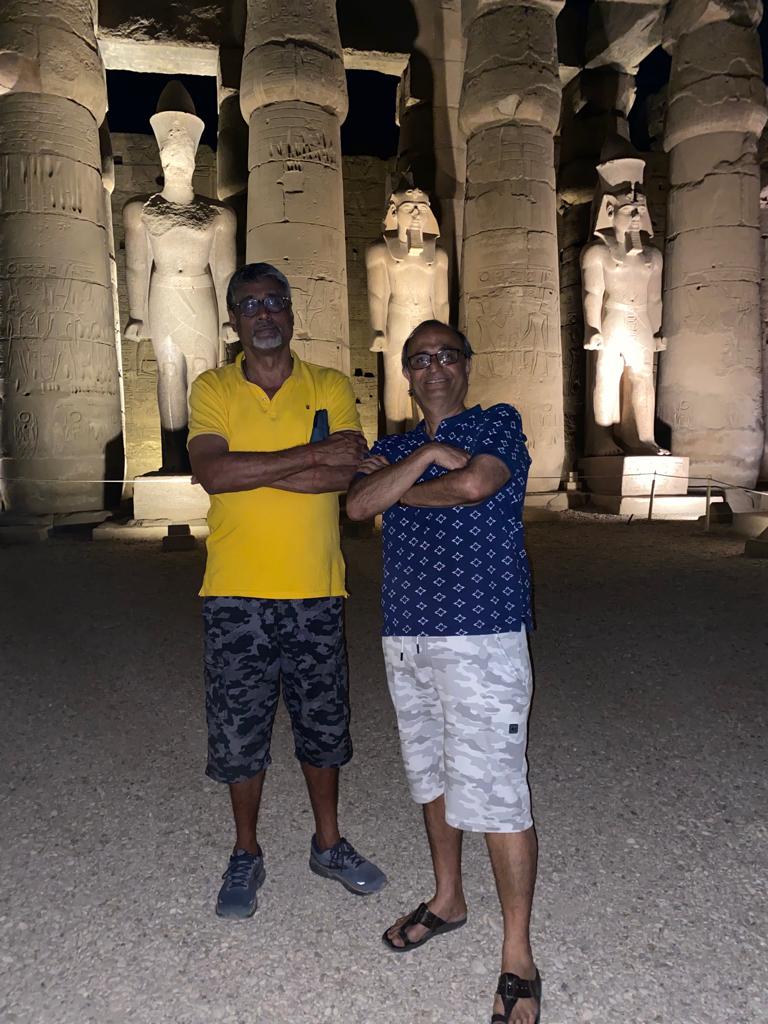
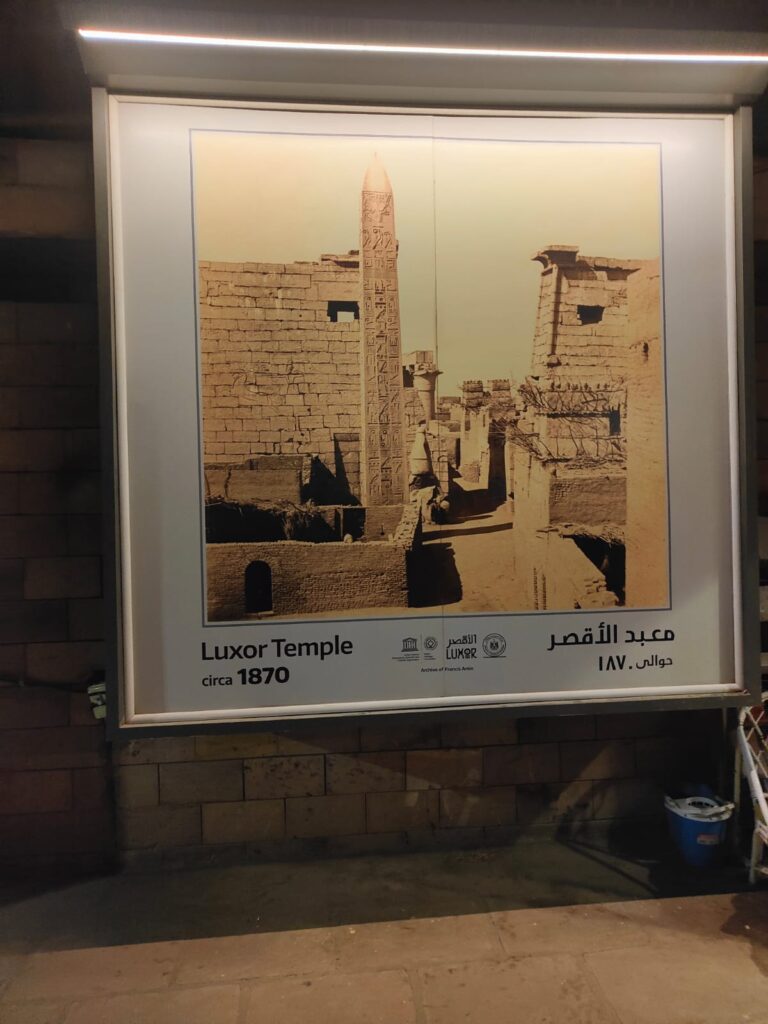
The sixth day brought us to the Valley of the Kings, an archaeological wonder where the tombs of various kings were uncovered through extensive excavations. This historic site has preserved the final resting places of legendary pharaohs, including the likes of Ramesses II and Tutankhamun, hidden away from the prying eyes of tomb raiders.
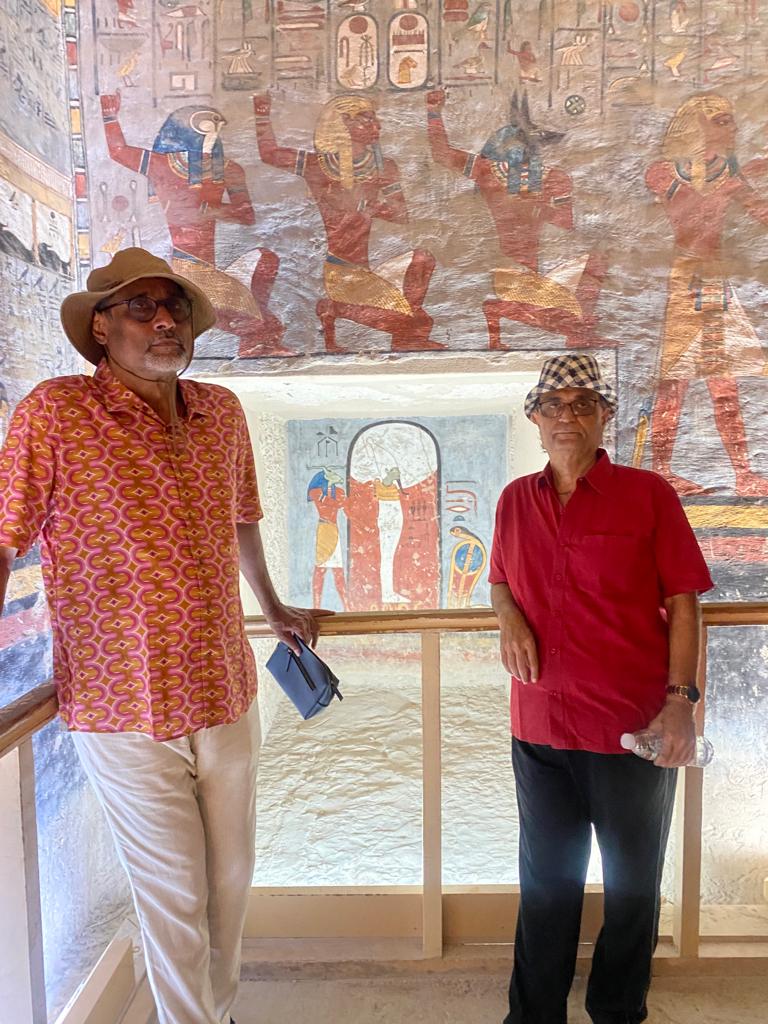

Our journey then led us to the captivating Karnak Temple, dedicated to the Sun God. Its name bears a resemblance to India’s Konark Temple, and its vast ruins spread across nearly 100 acres. The temple remains a testament to the devotion of countless kings and queens of Egypt to the god Amun-Ra.
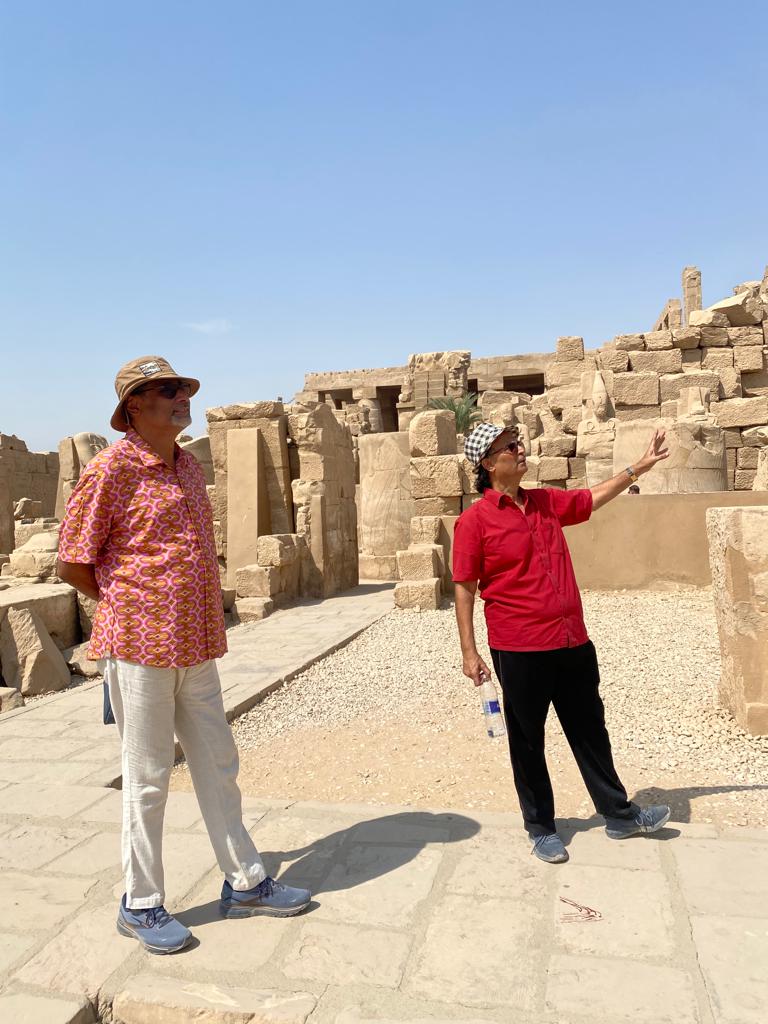
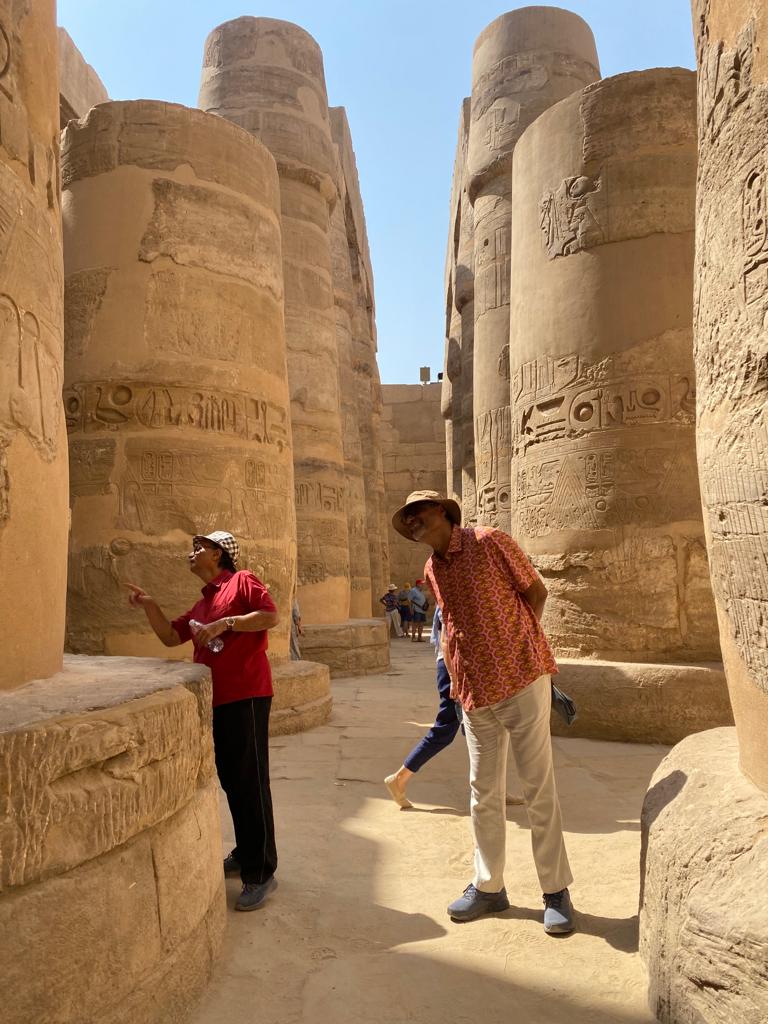
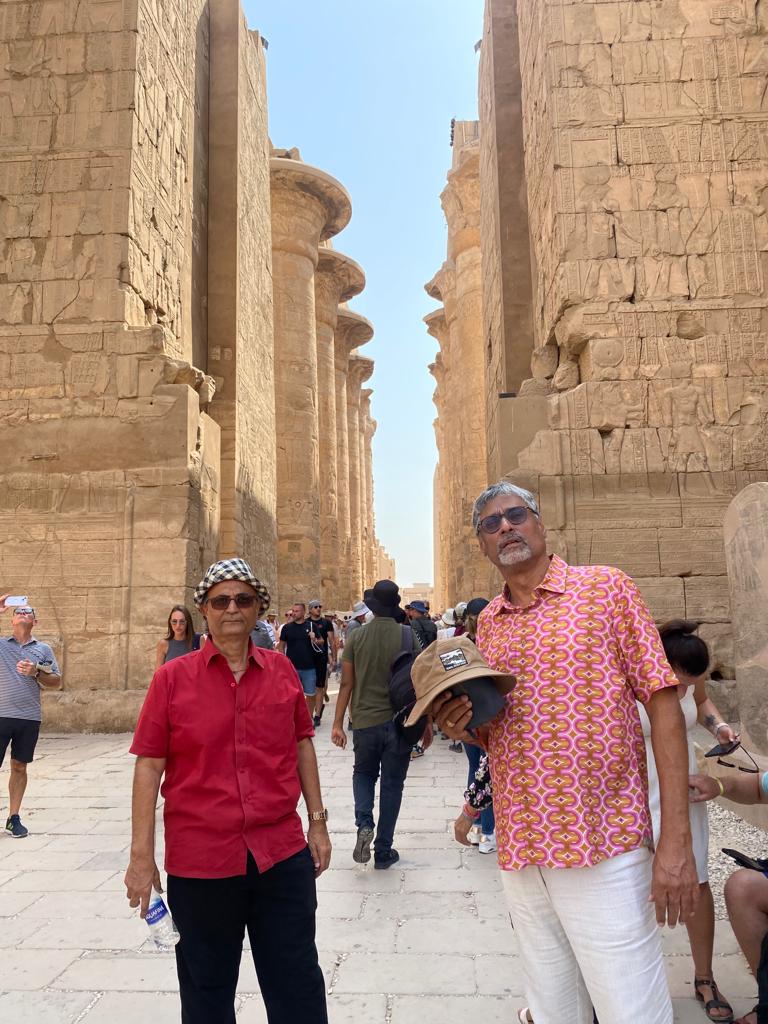
On the seventh day, we explored more facets of this remarkable land, learning about the Valley of the Kings’ significance. This iconic site, used during the Eighteenth, Nineteenth, and Twentieth Dynasties, houses the tombs of Egypt’s most illustrious king jis, chosen for their concealment from tomb robbers. It served this purpose for about five centuries
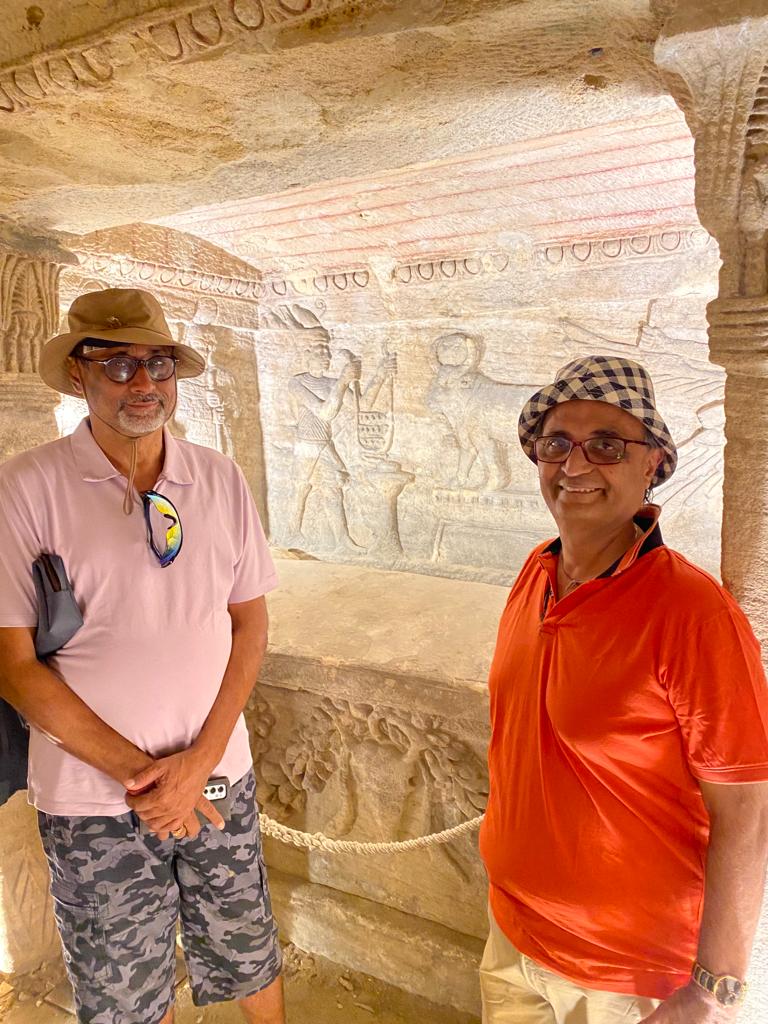
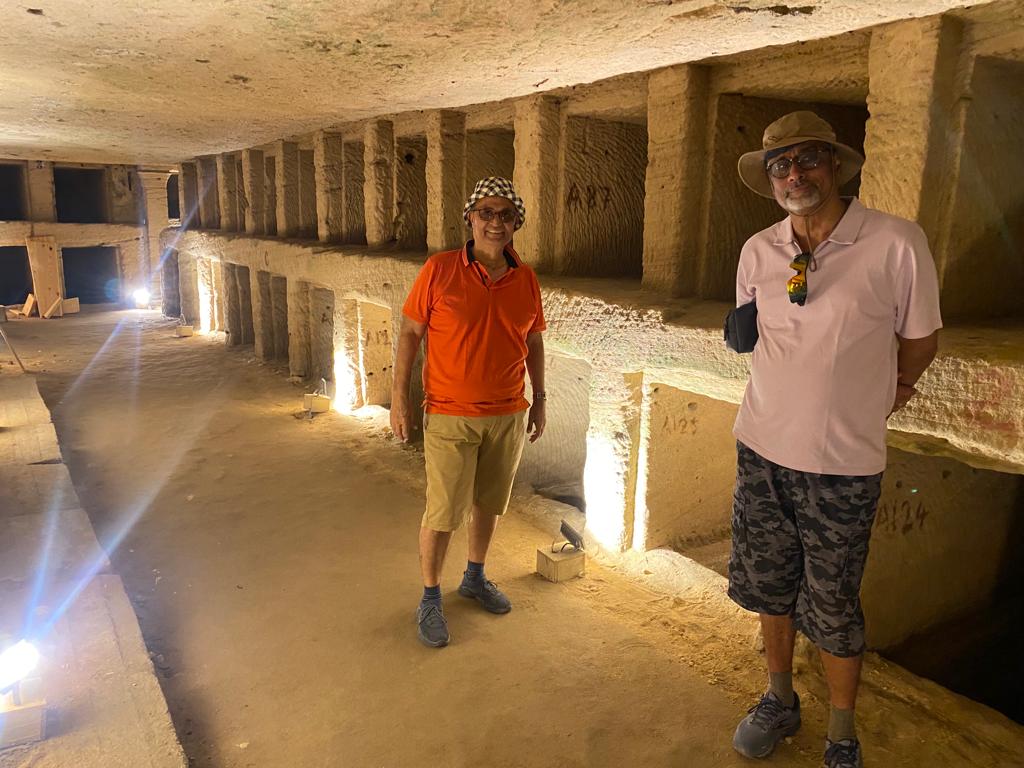

It dates back to the 1 st century.It was a private tomb ,then it is converted to be a public tomb.It is completely carved in the bedrock for 3 storeys. It was human being tombs & there was a special tomb for horses.
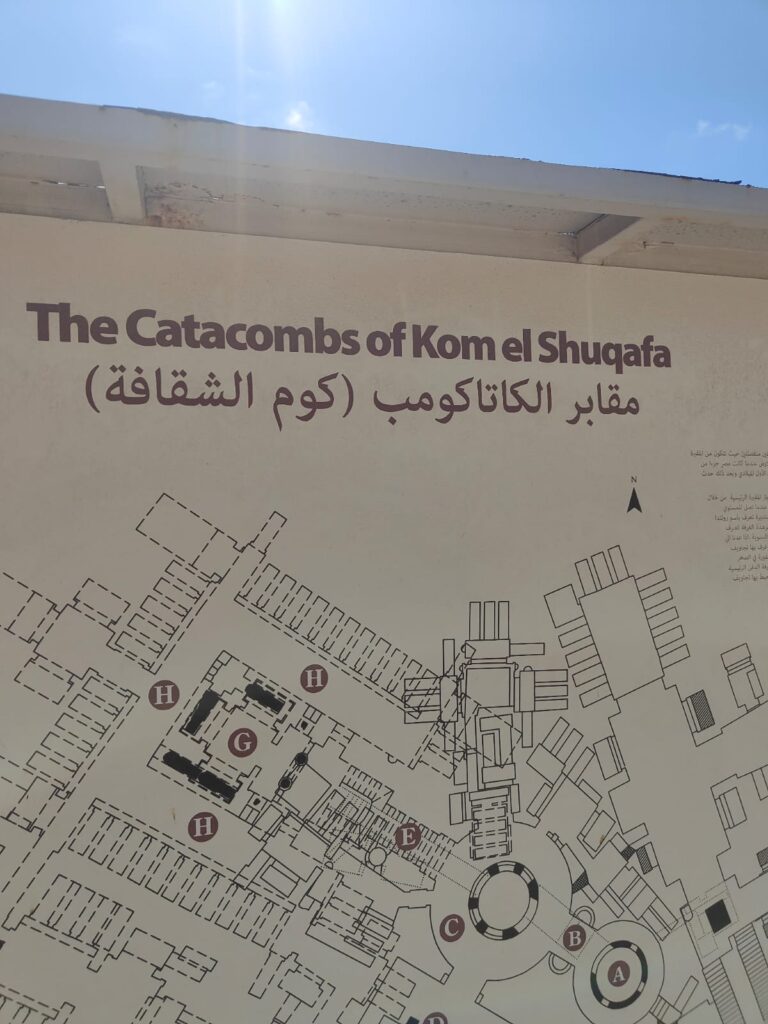
In the midst of our journey, we also marveled at the astounding Esna Lock. This hydraulic marvel plays a pivotal role in connecting the upper and lower segments of the Nile River, facilitating both agriculture and navigation.
It is founded in the same site of the old library of Alexandria which is completely burnt by Romans at 45 BC.The new library is founded in the site & it is inaugurated at 2002 AD.It contains about 3,000,000 books


As I look back on this incredible trip, I’m reminded of the words of our Guru Sri Sri Ravishankar, who taught us that the whole world is one large family and that there is a divine being uniting us all. In Egypt, a land brimming with history and hospitality, I found these words resonating with each experience. It’s a place where ancient wonders coexist with the promise of a peaceful future, and where every step reveals a story etched in time.

